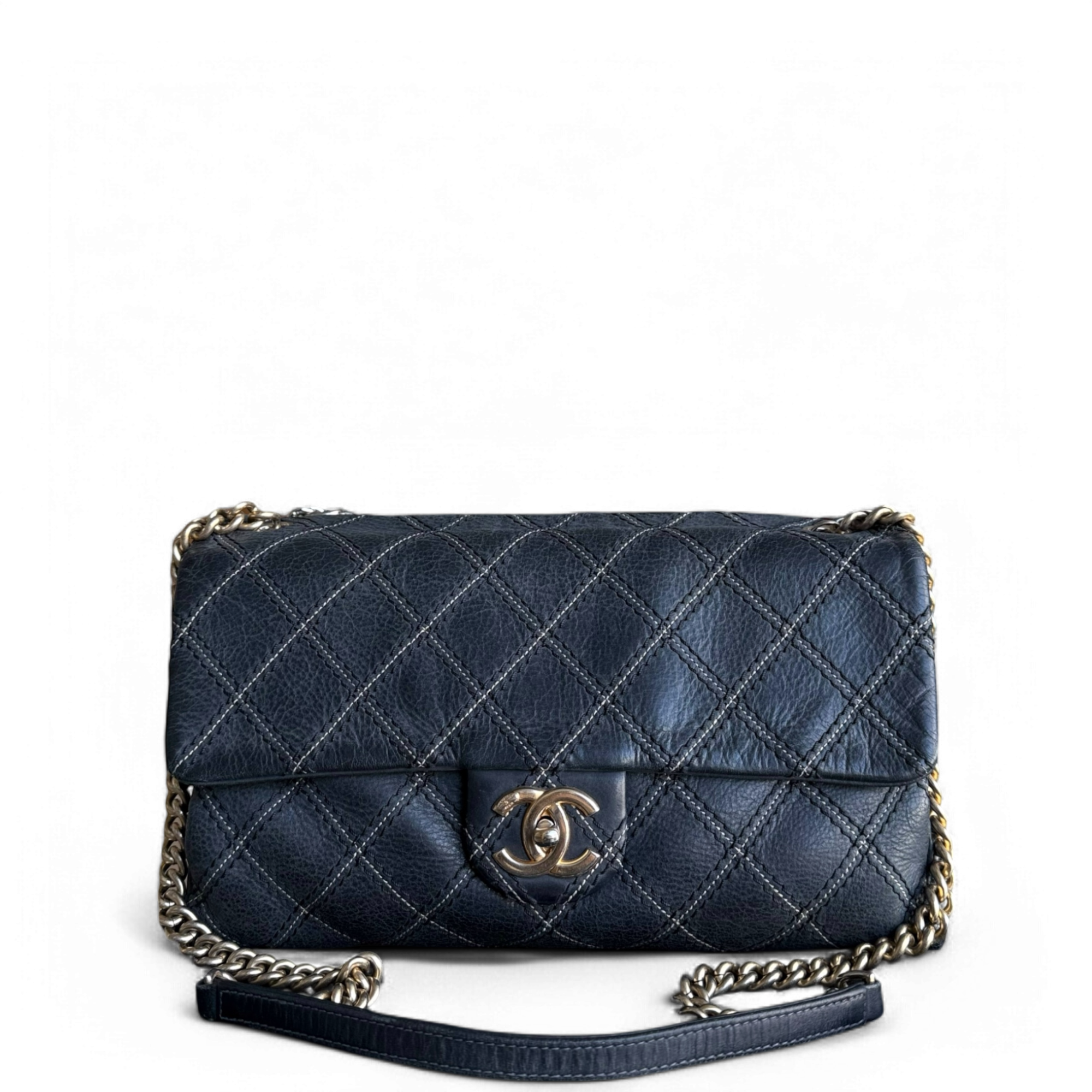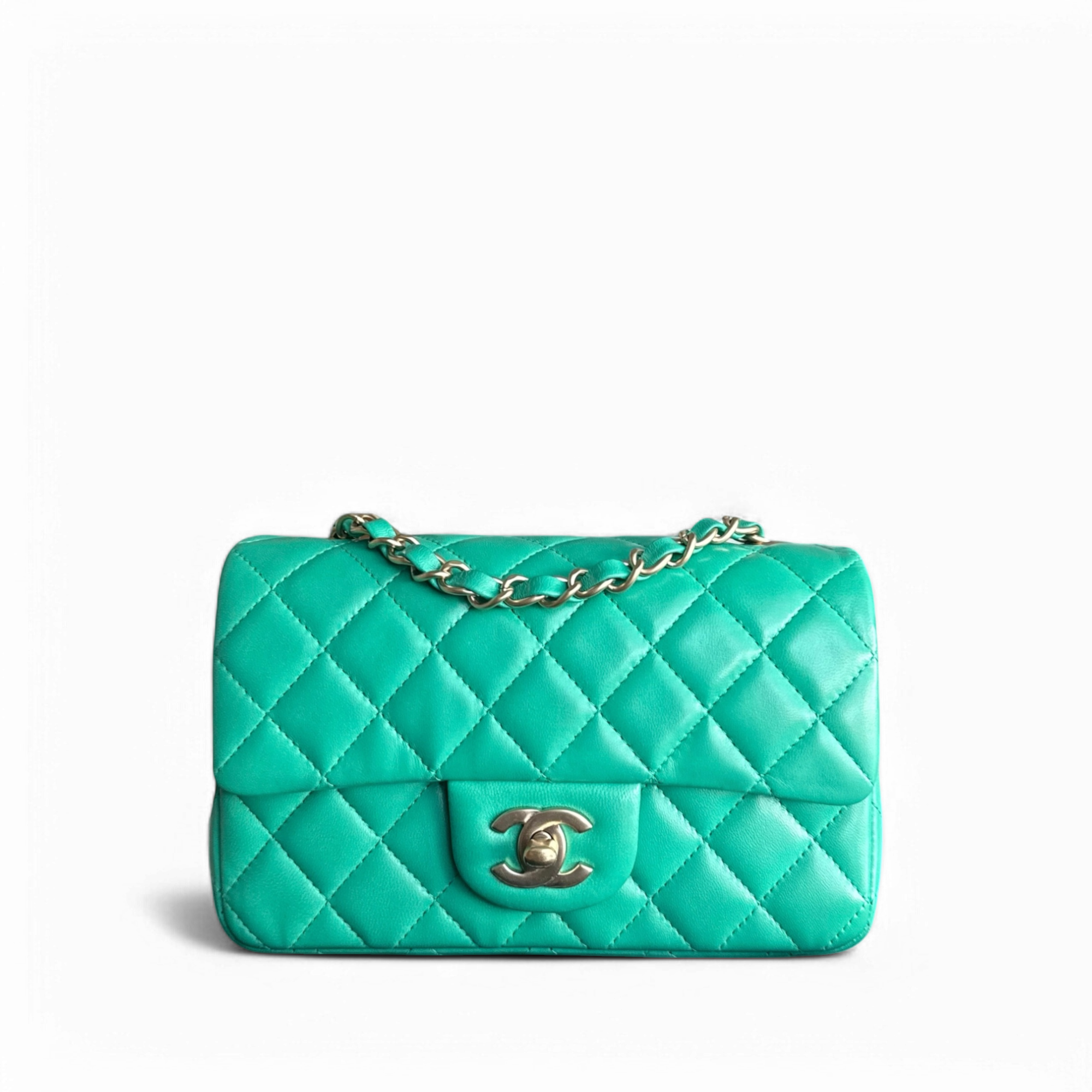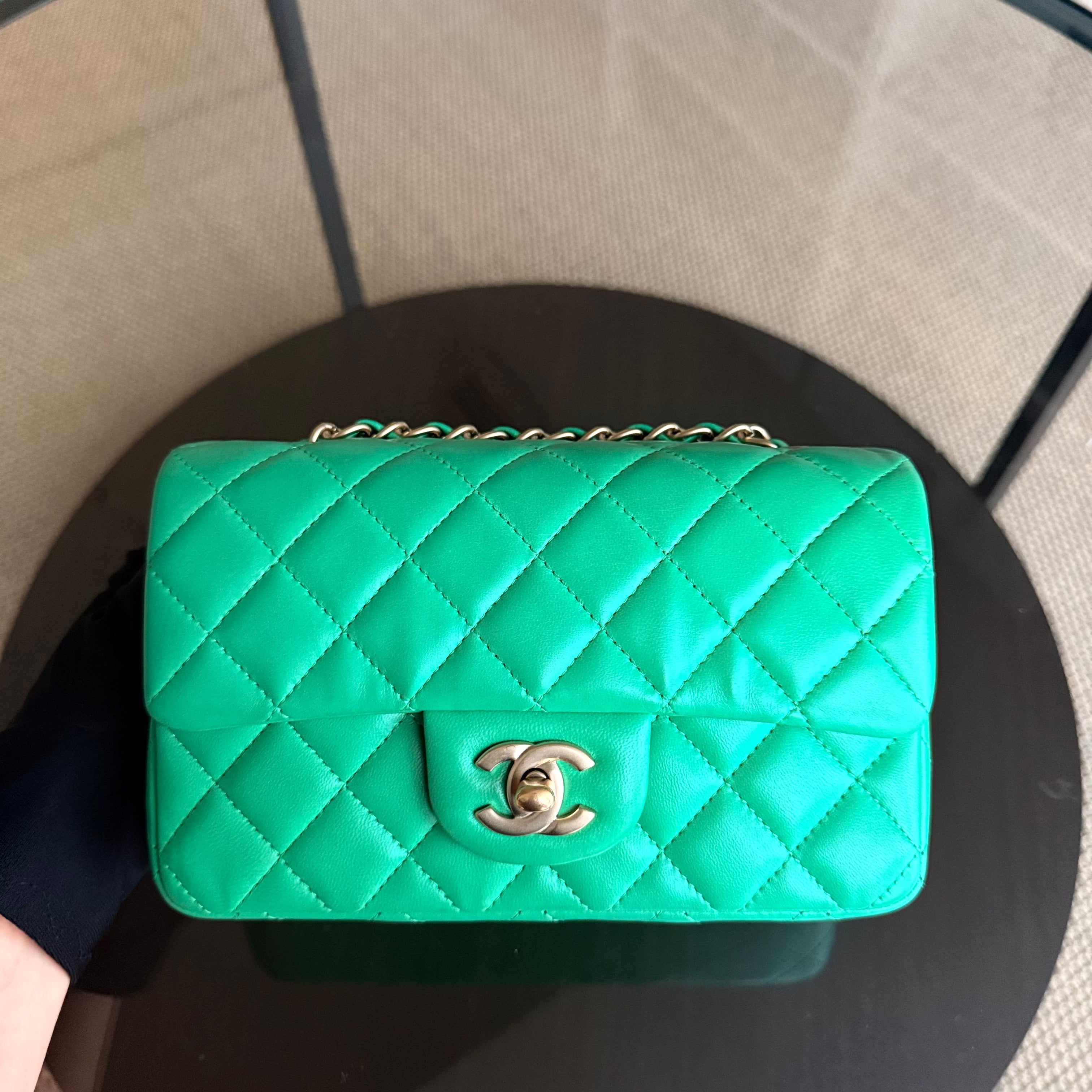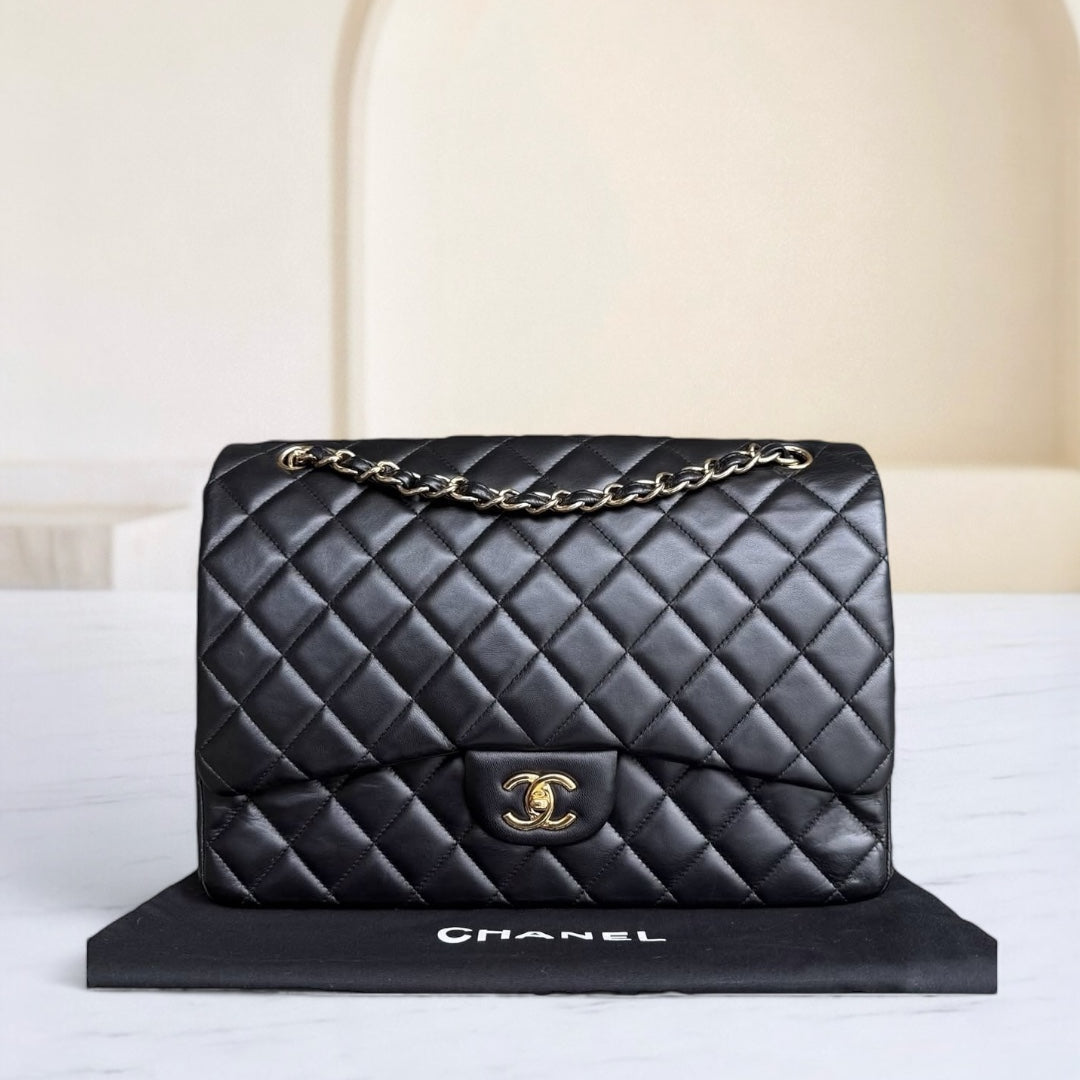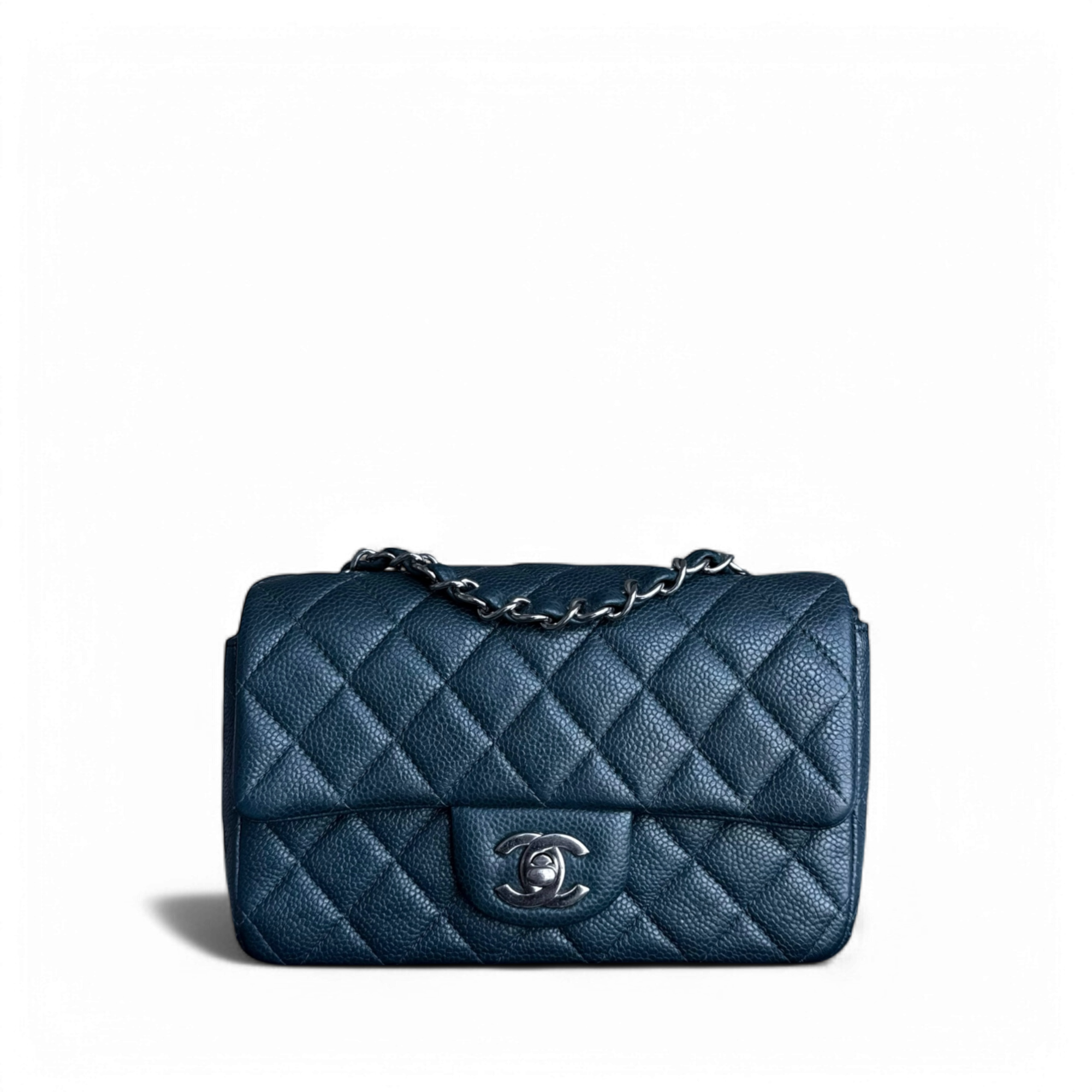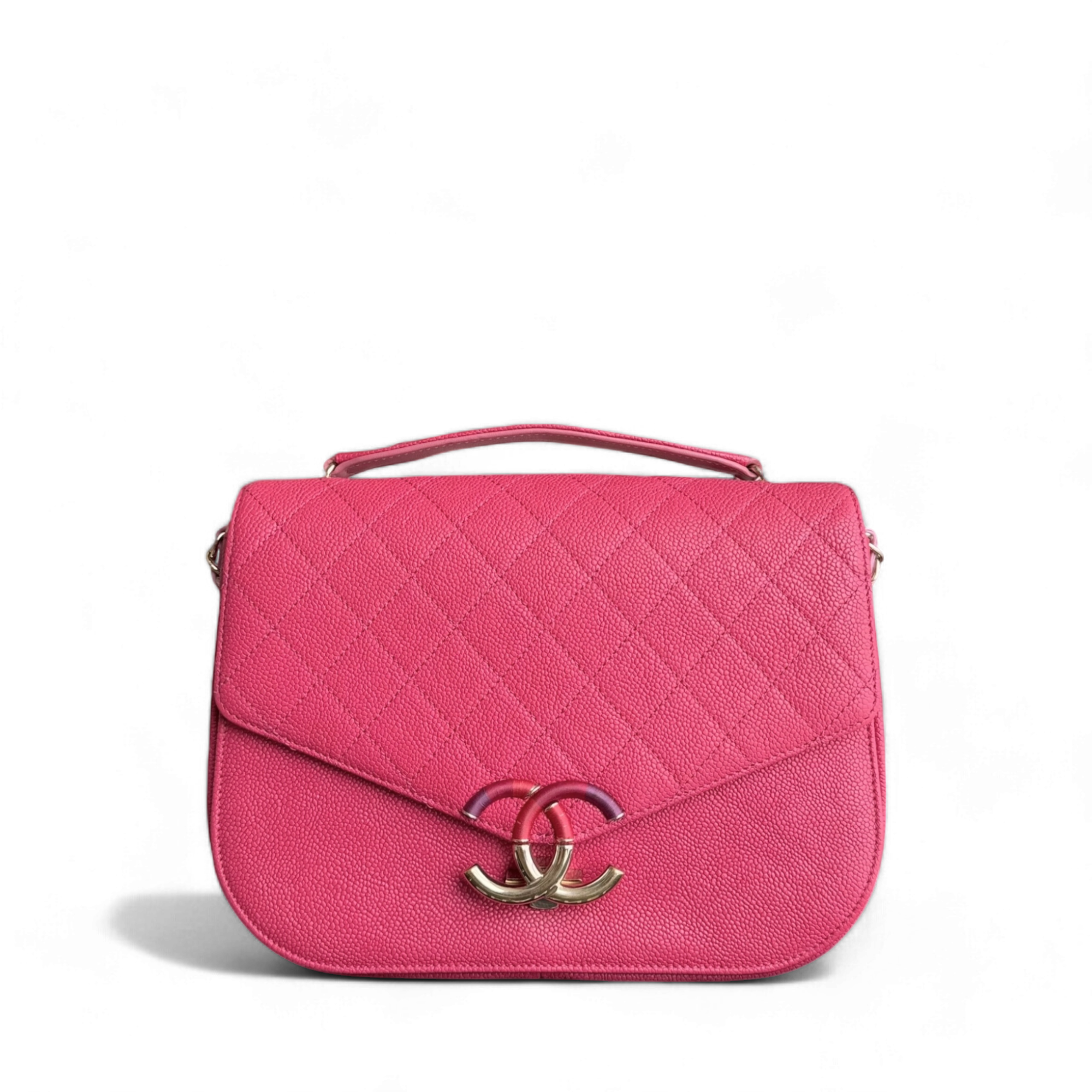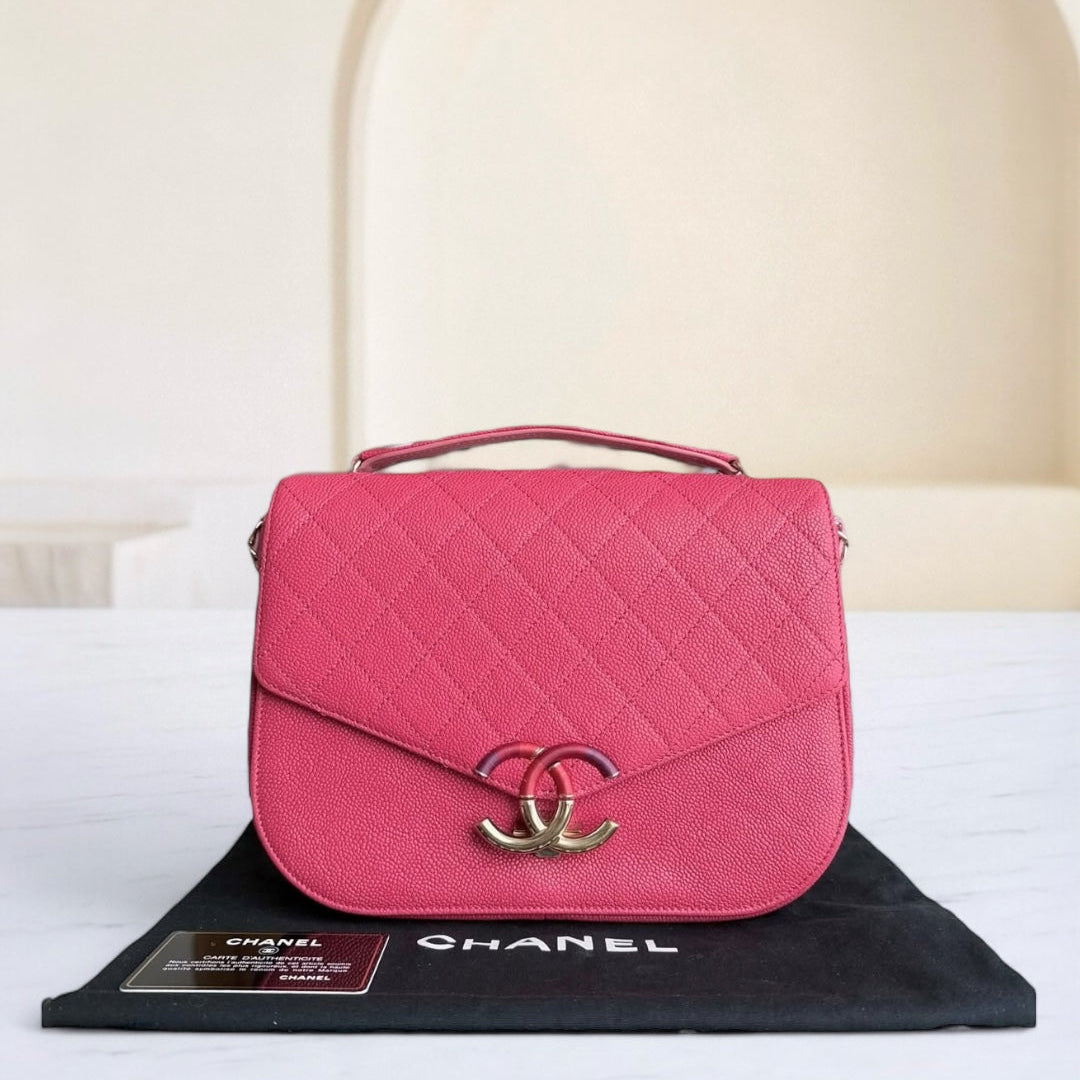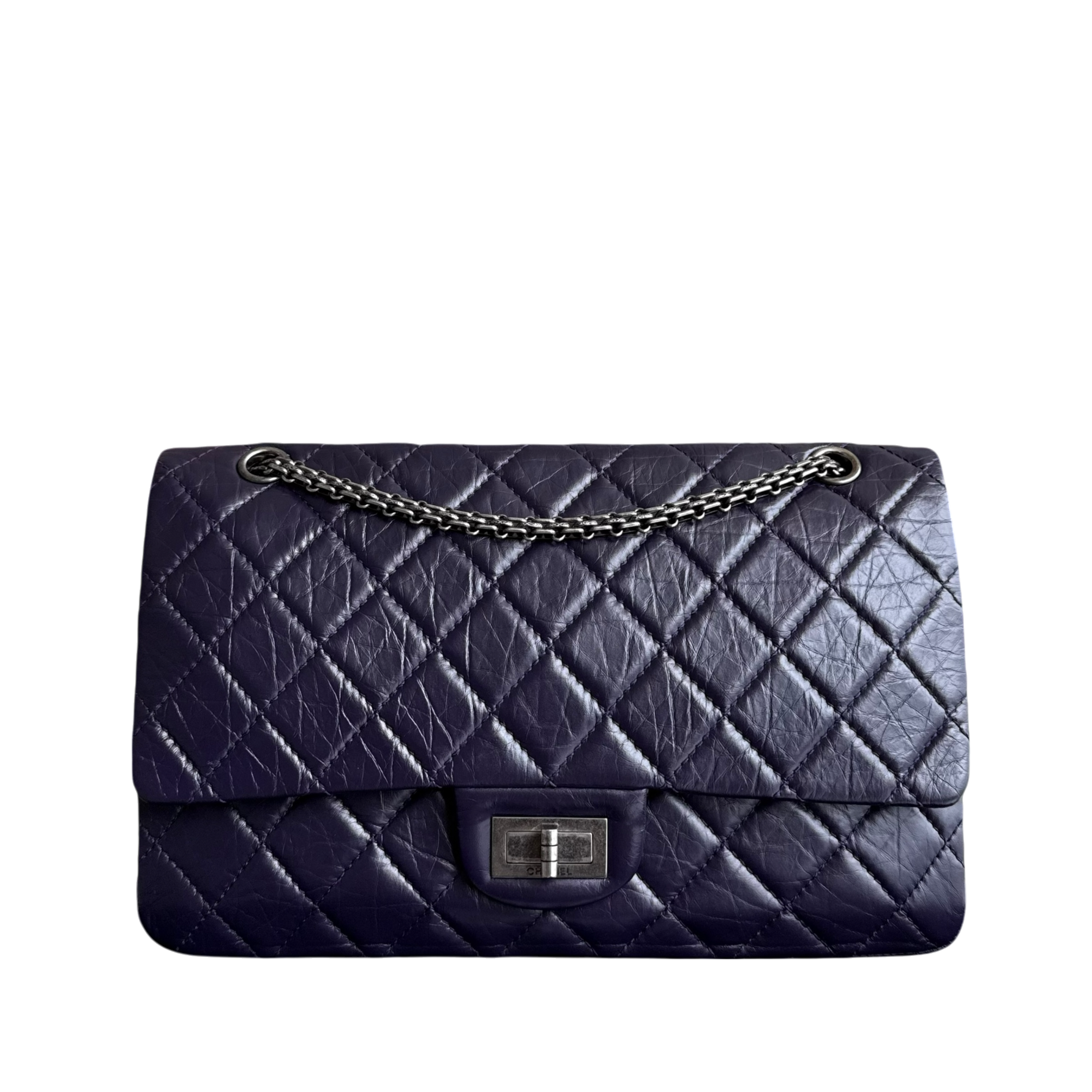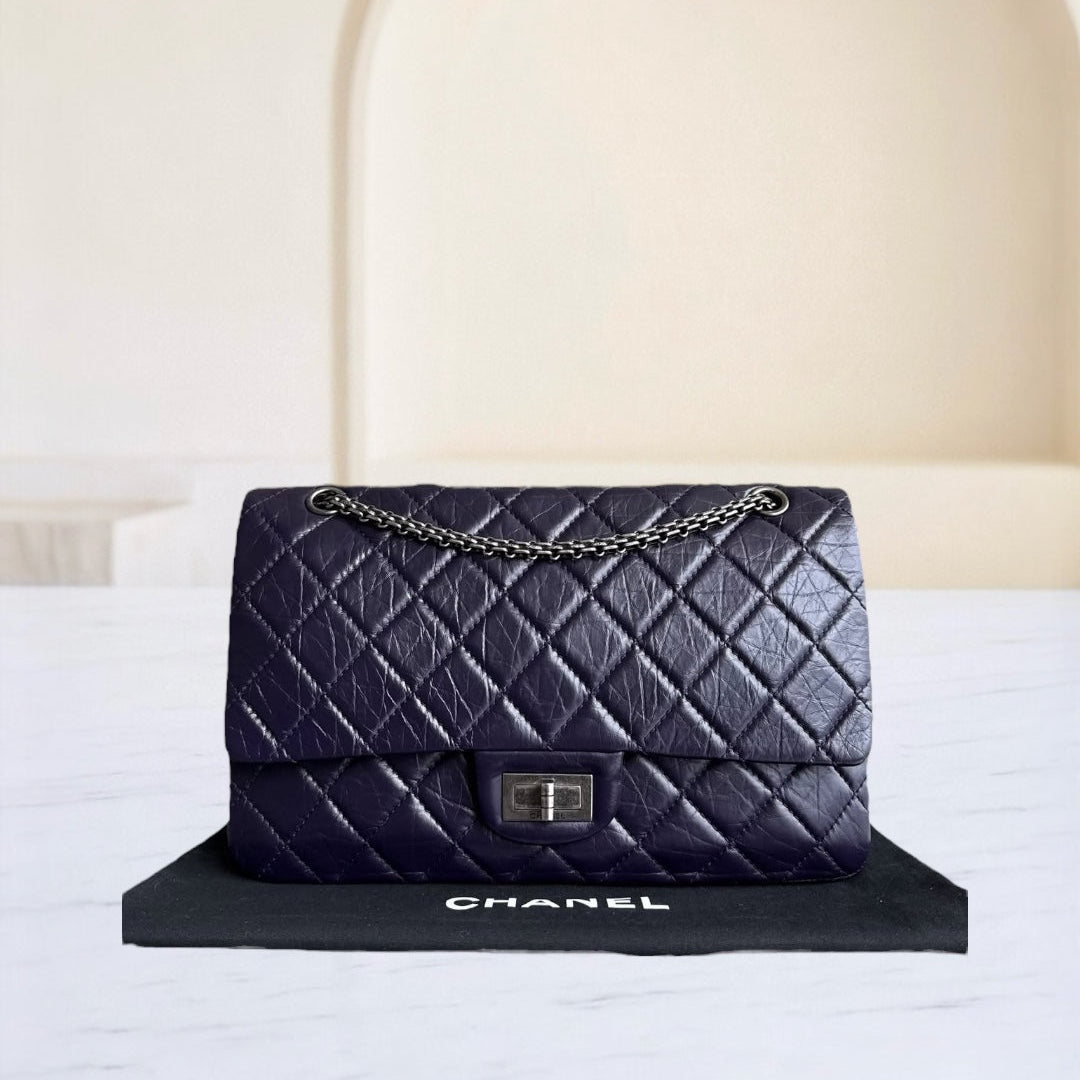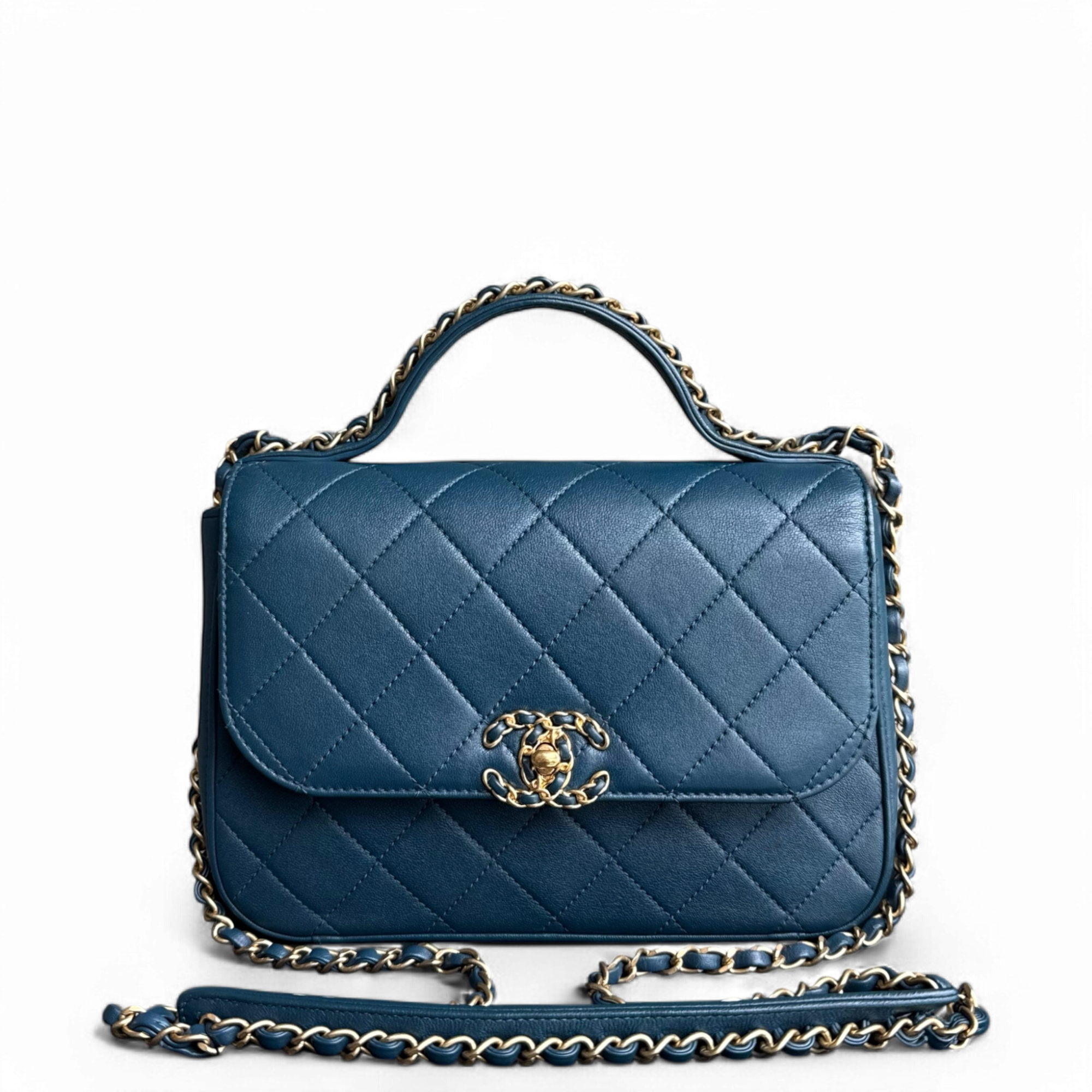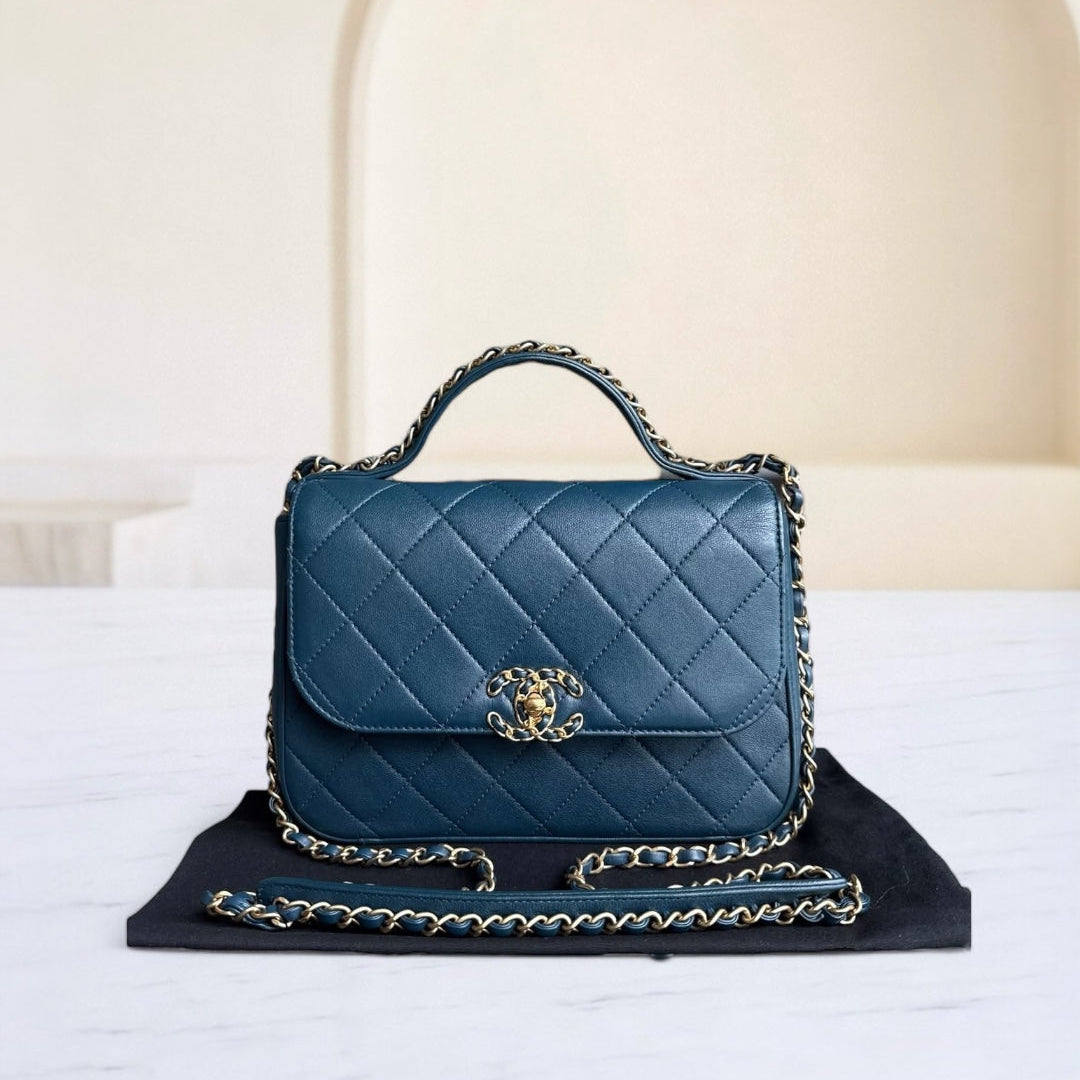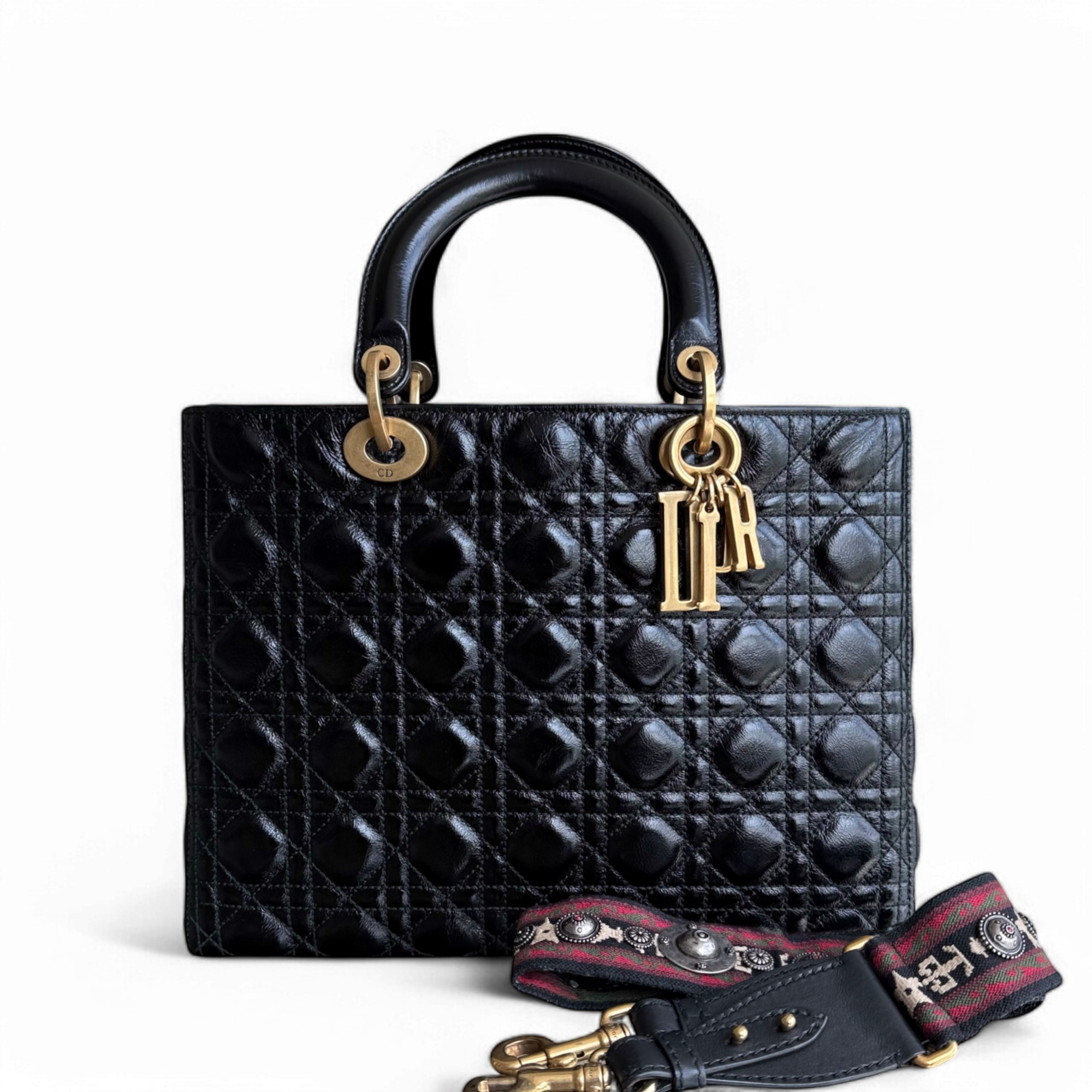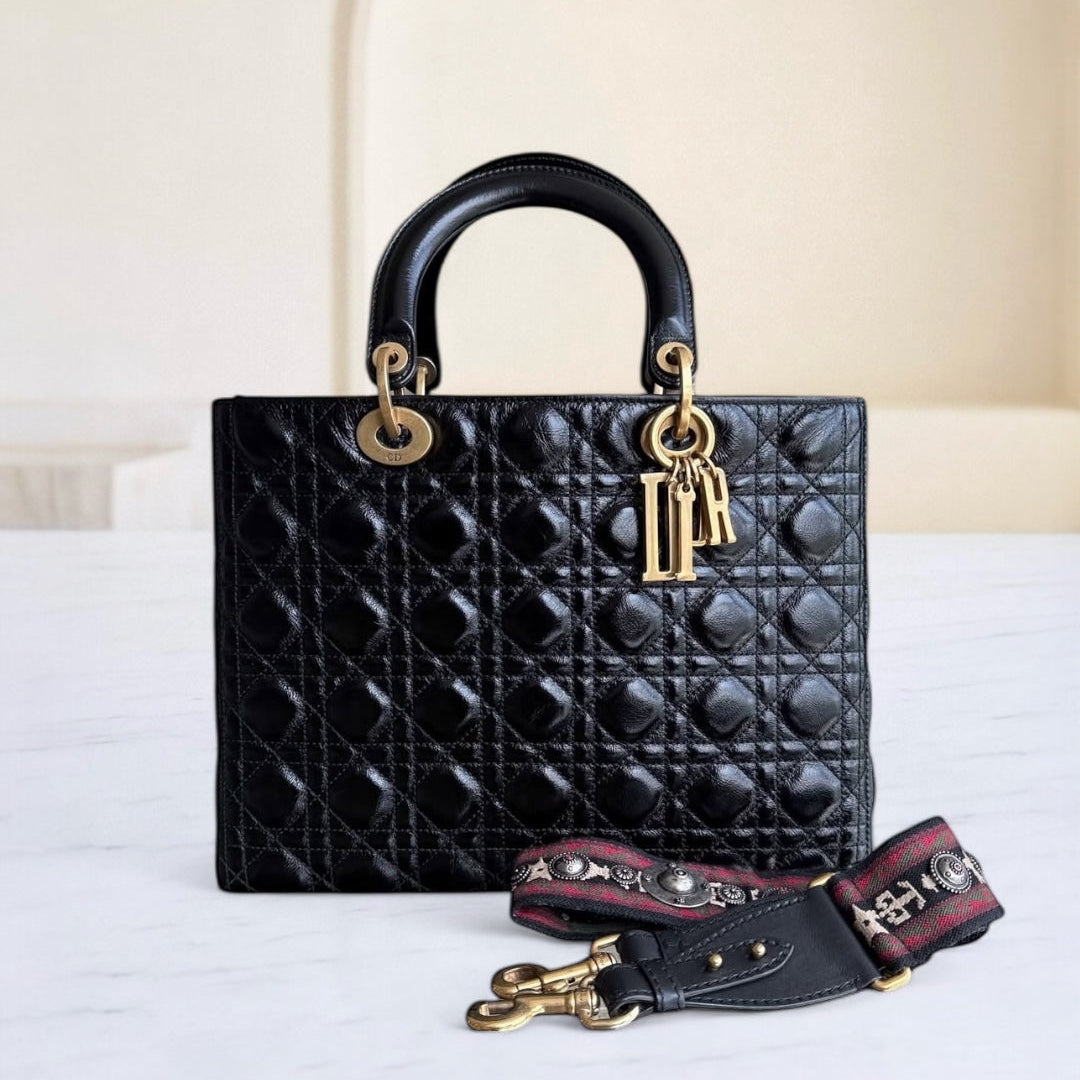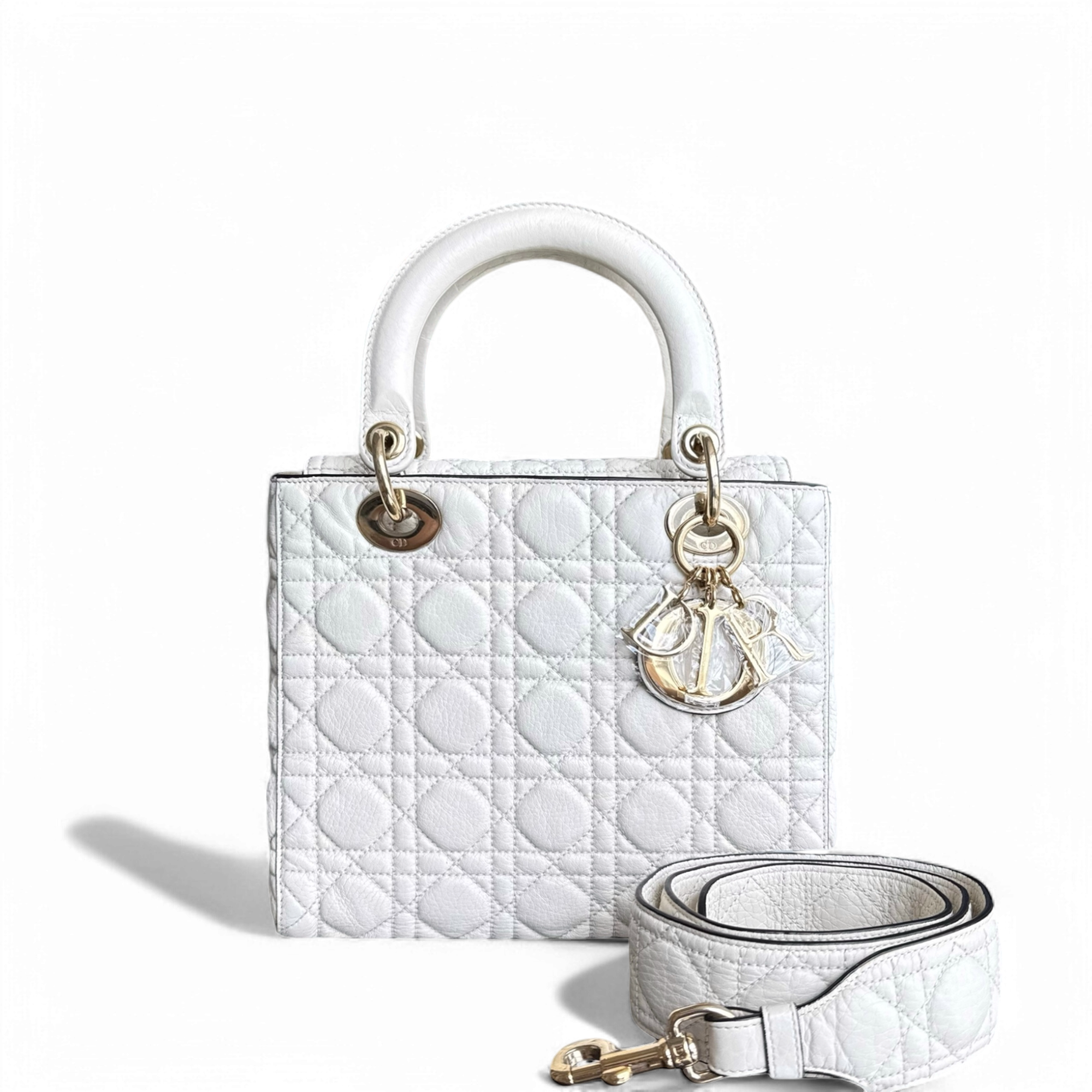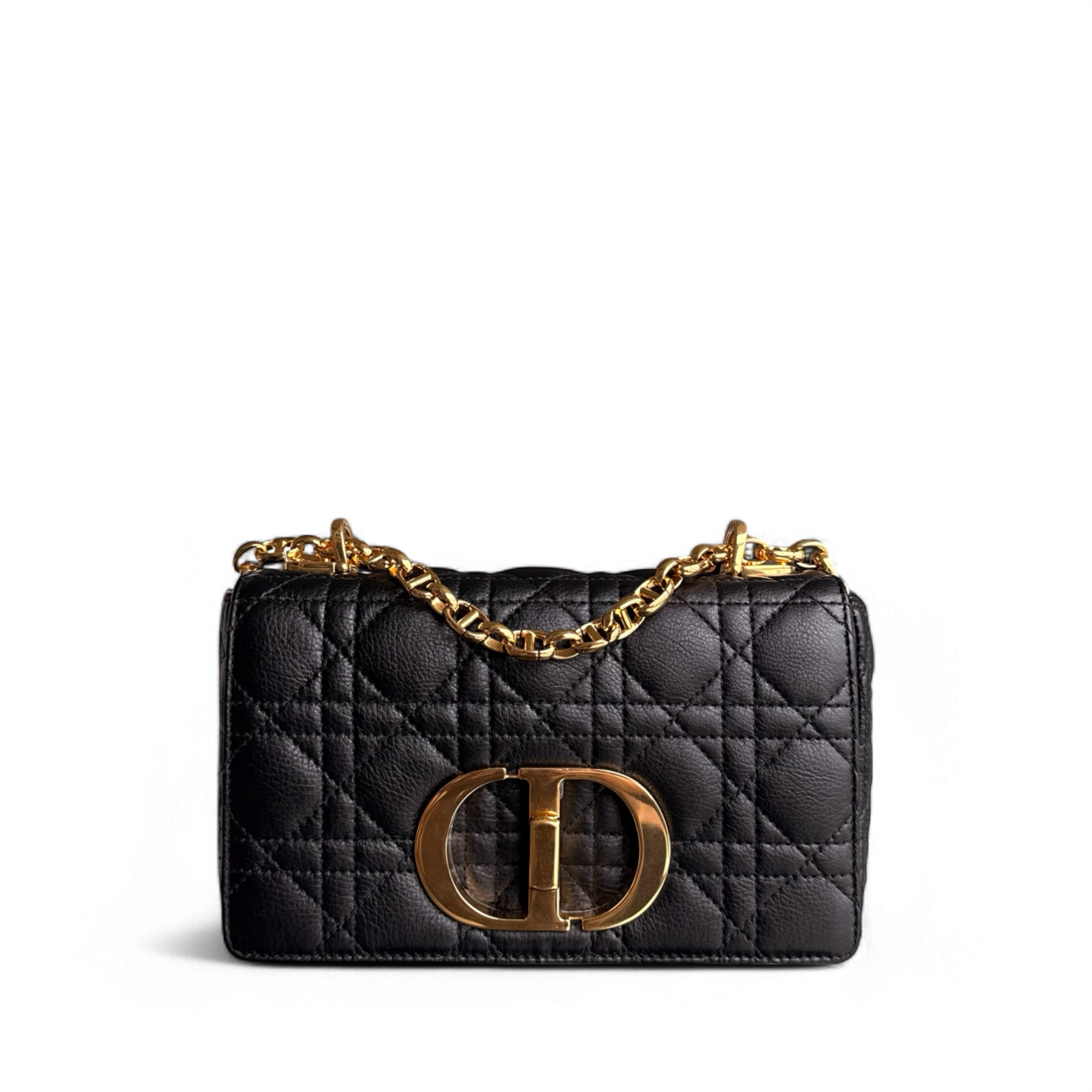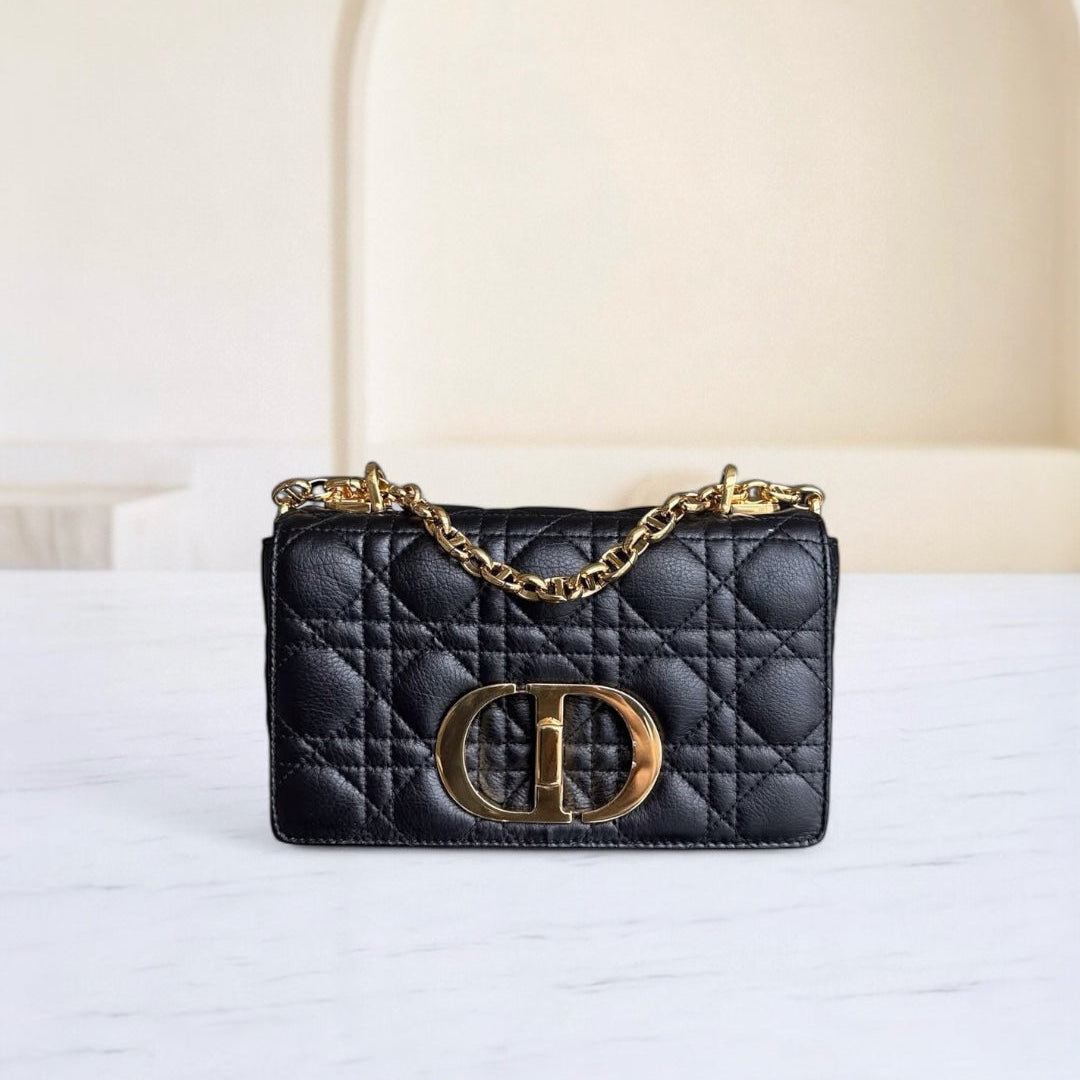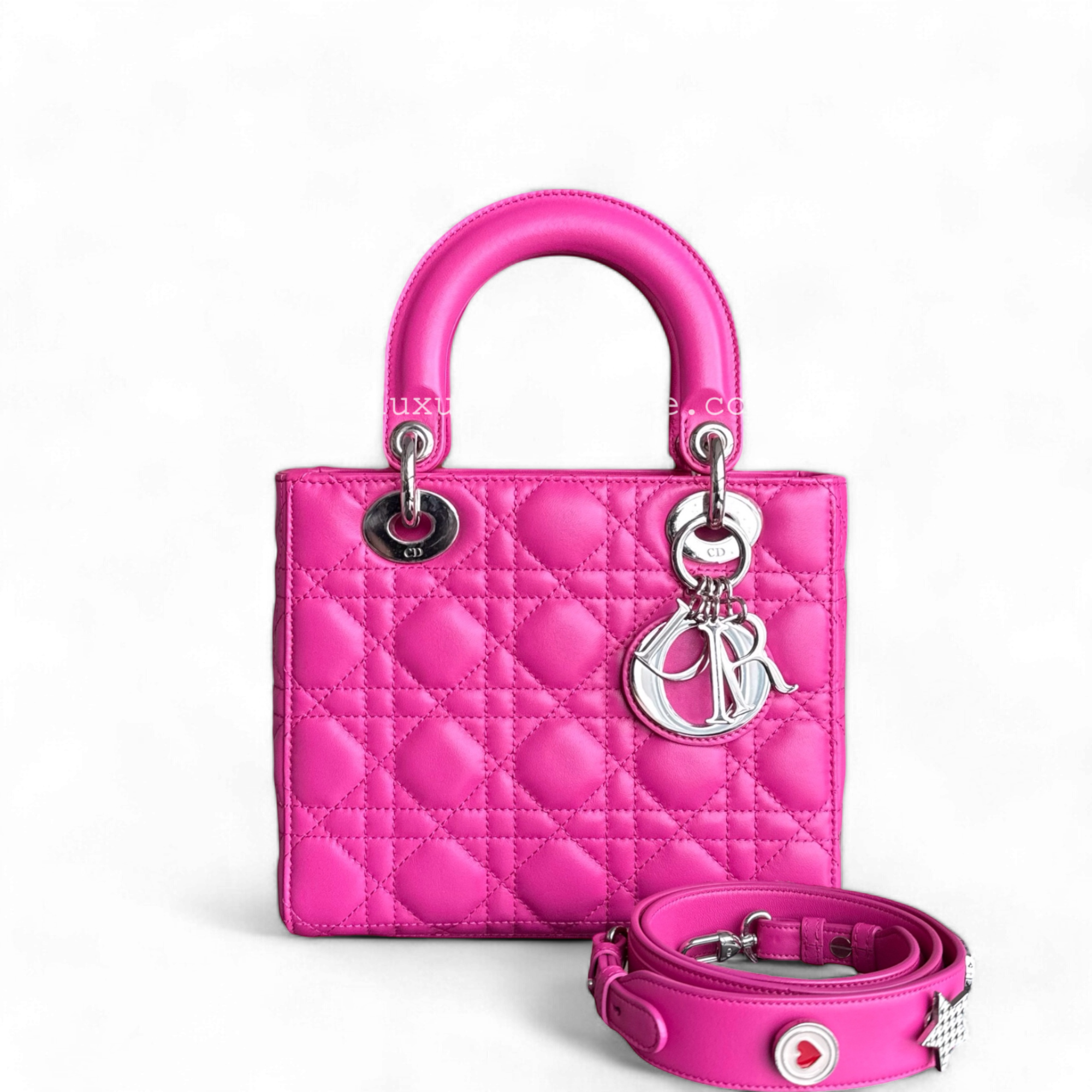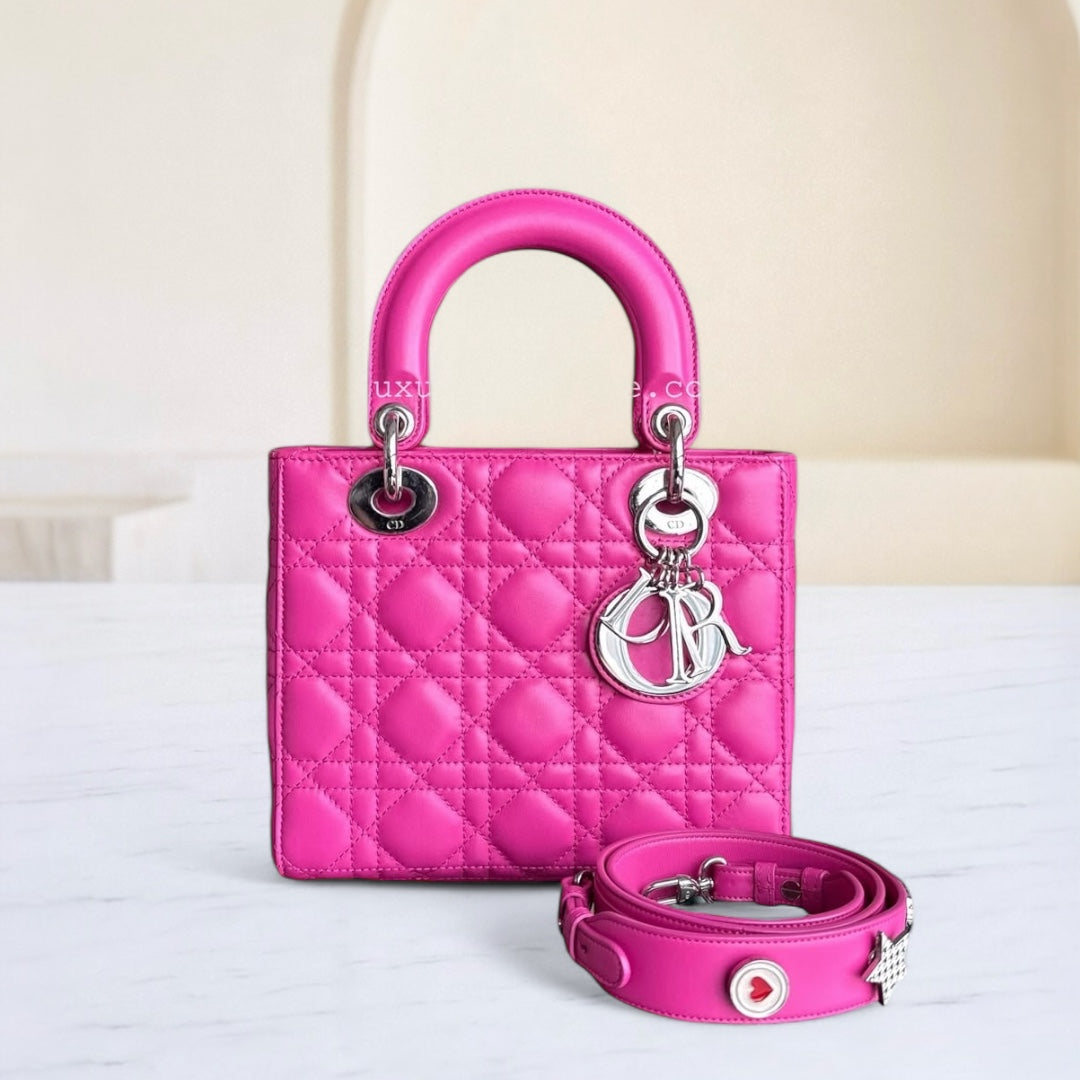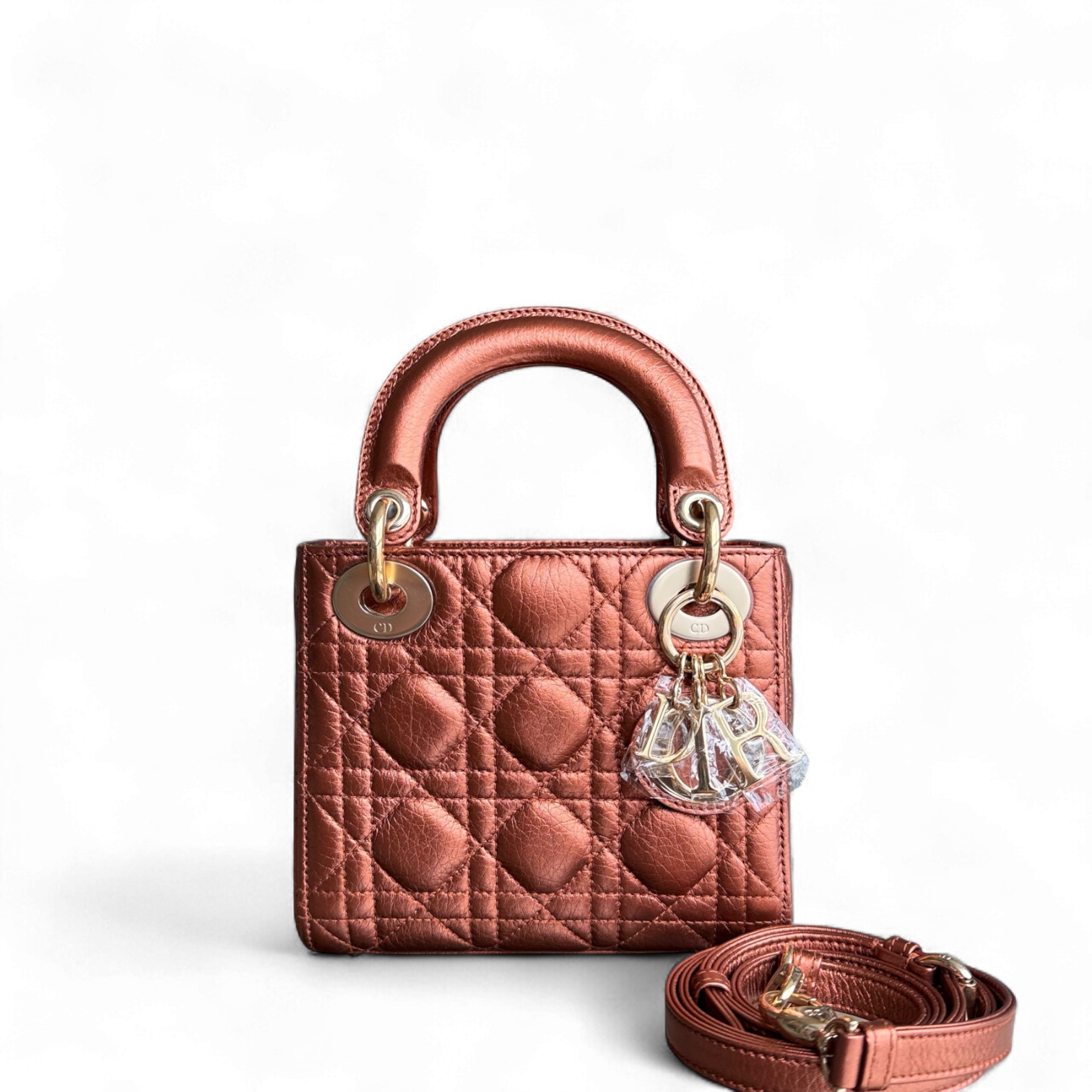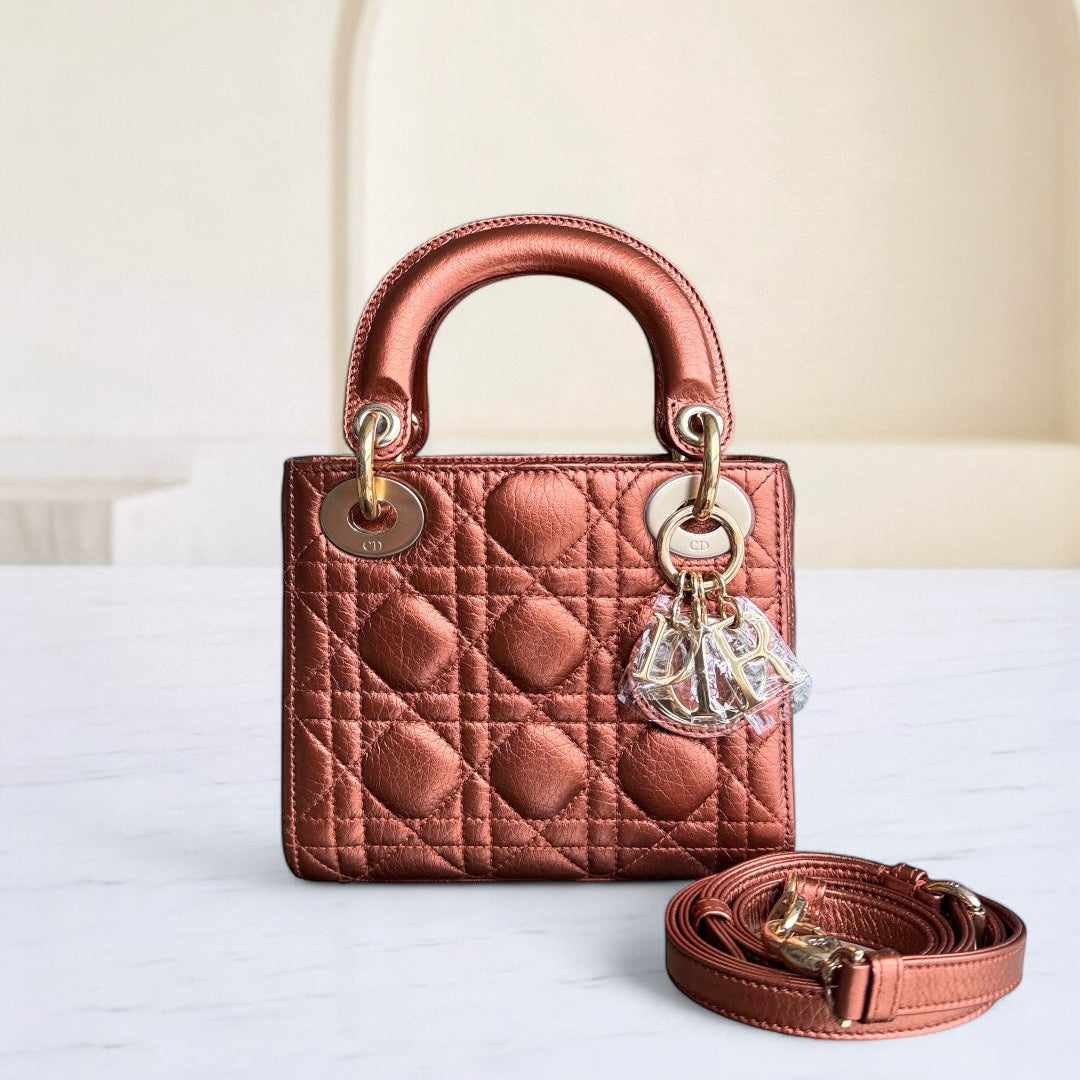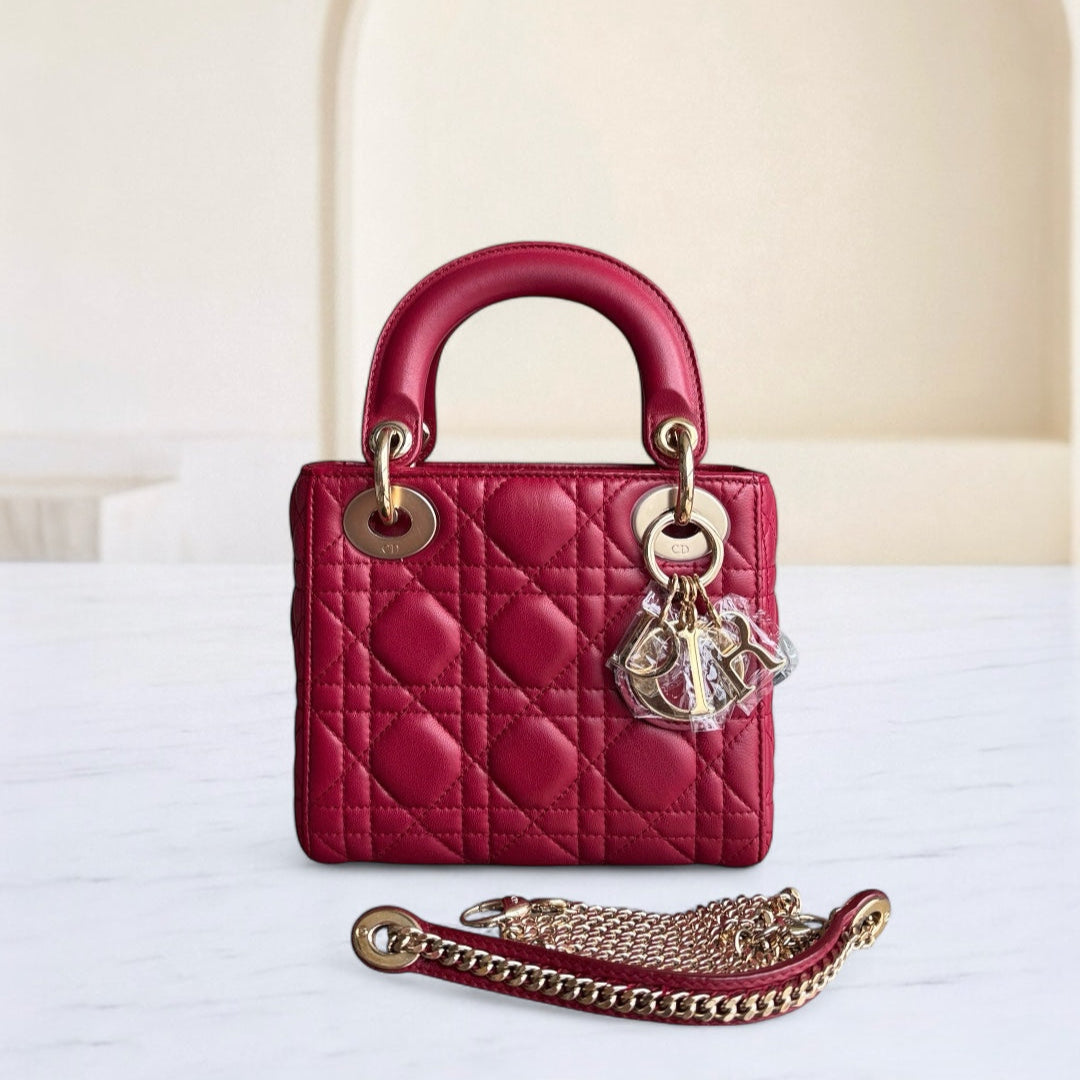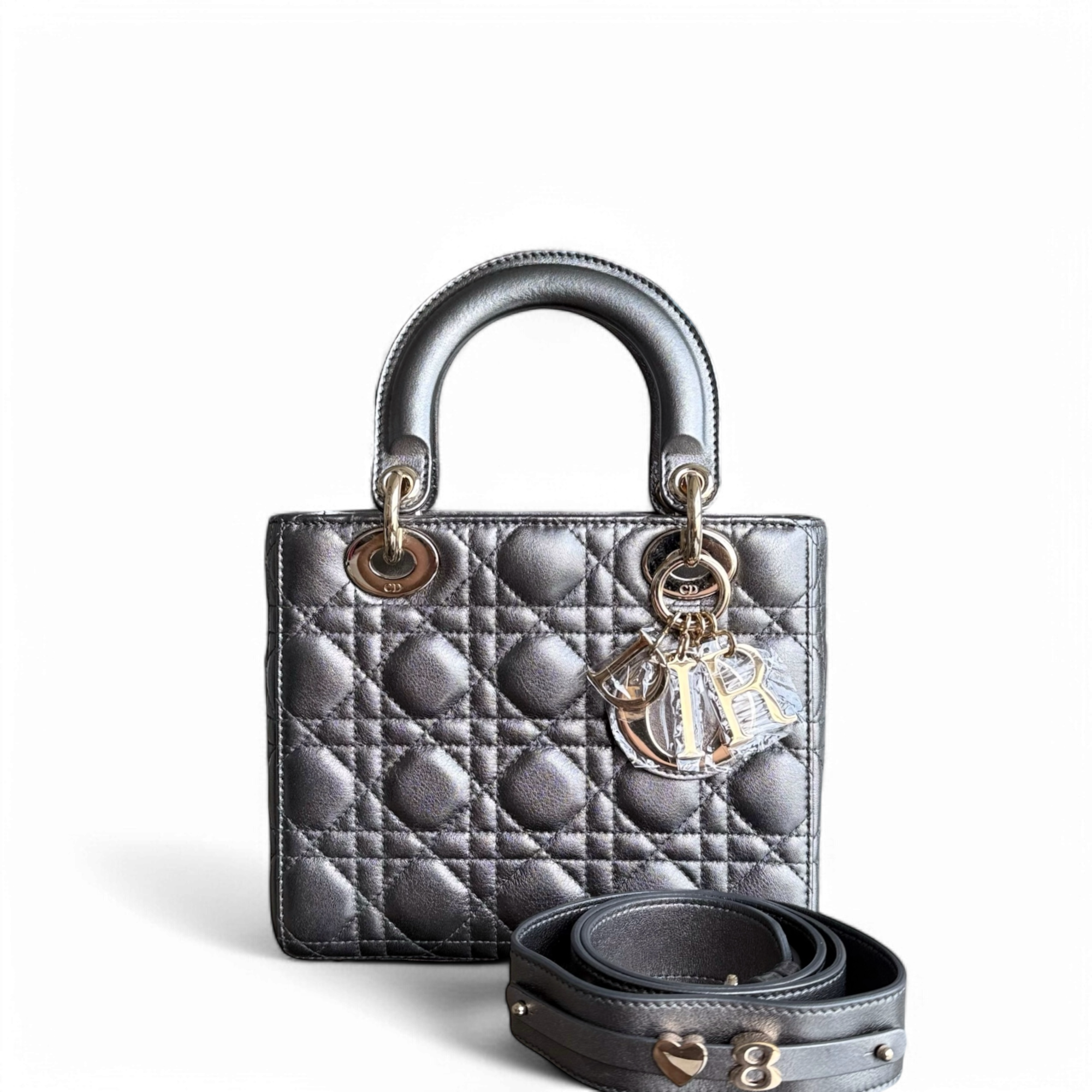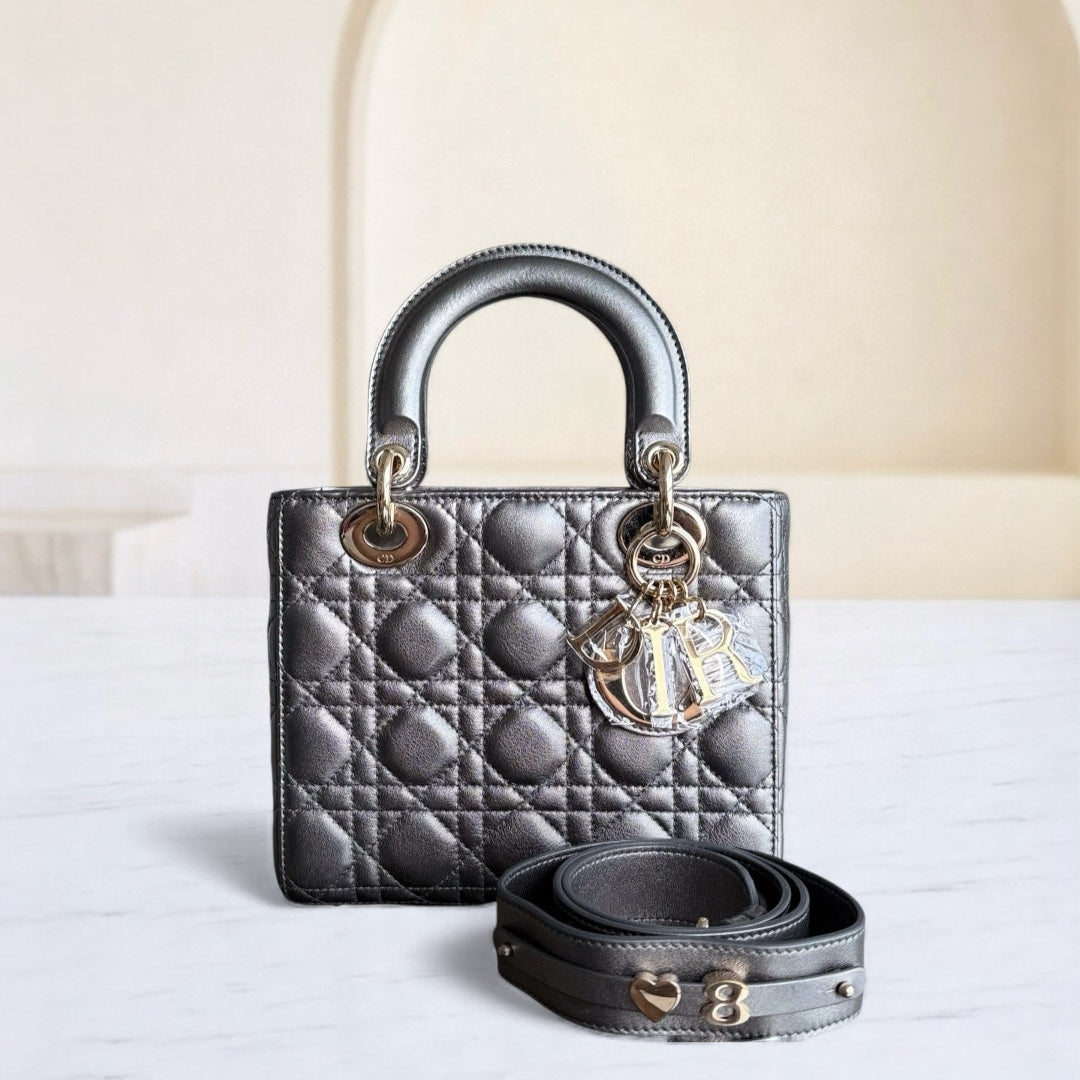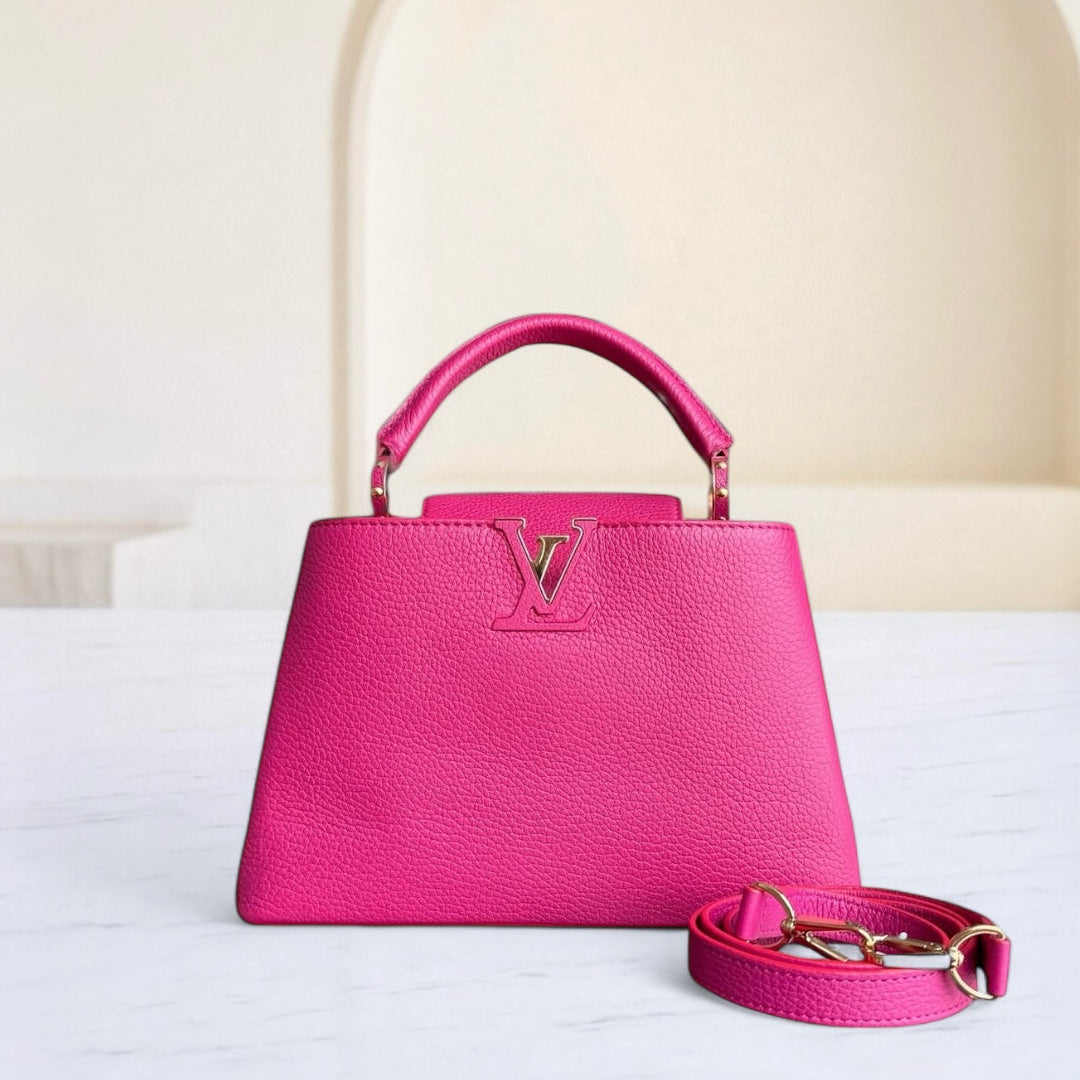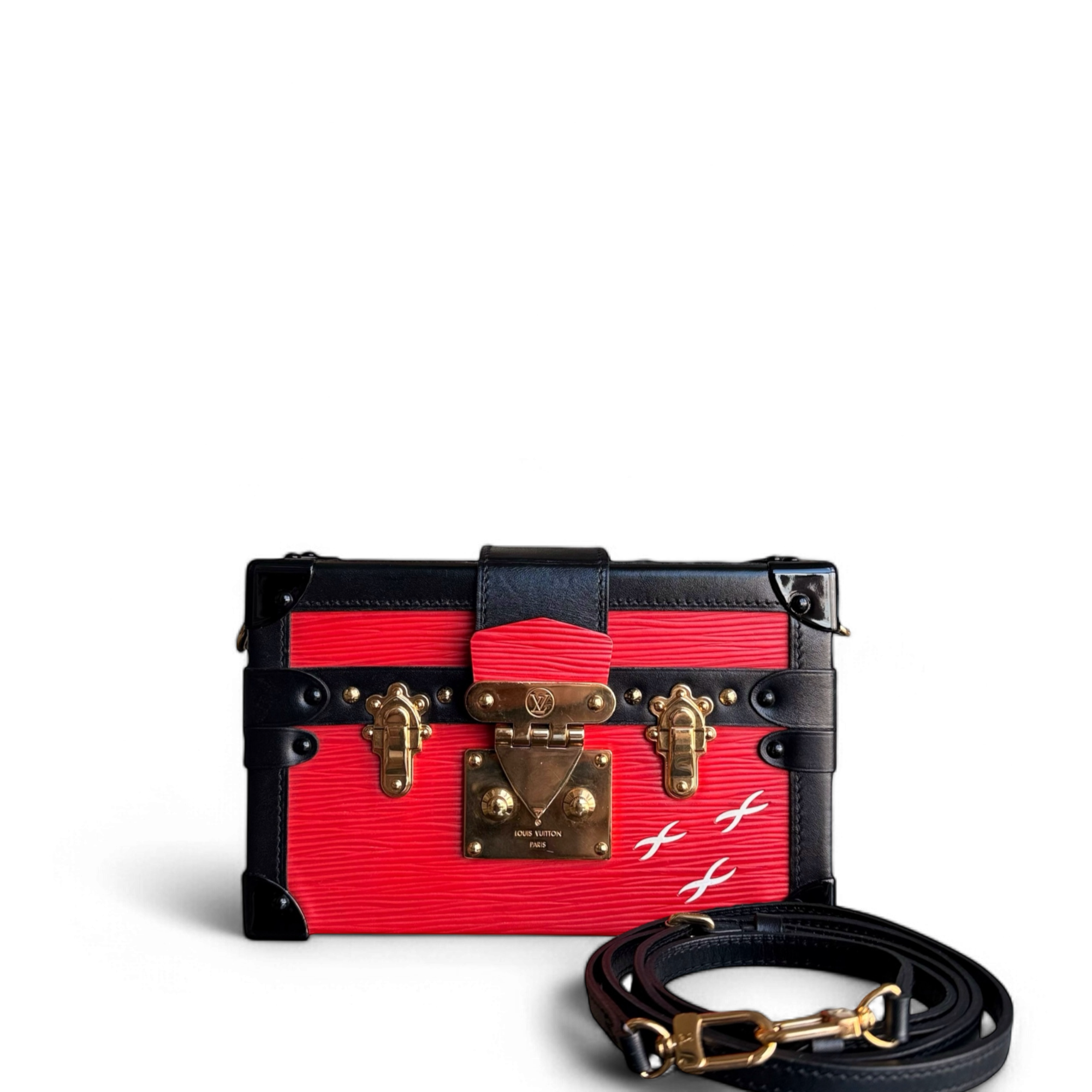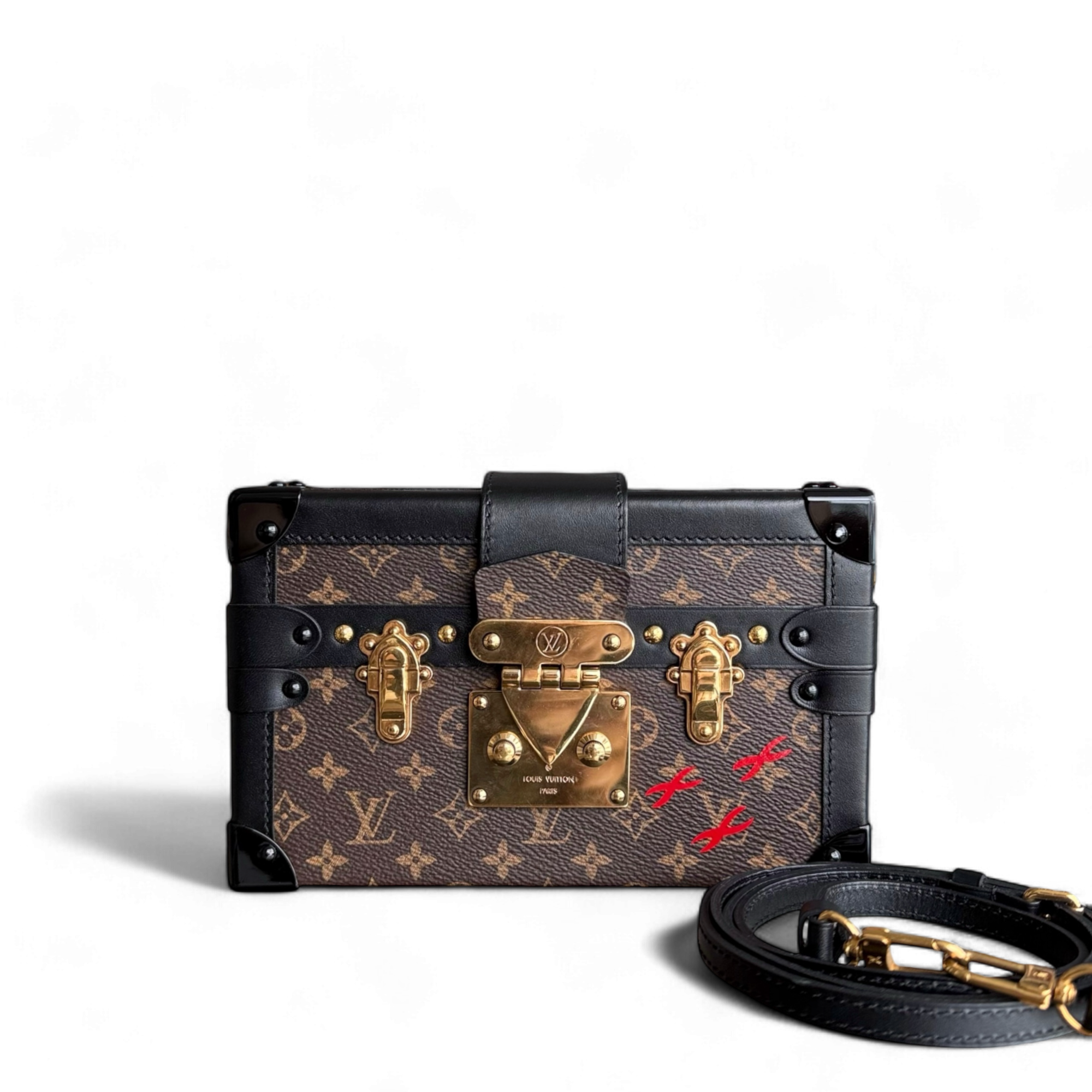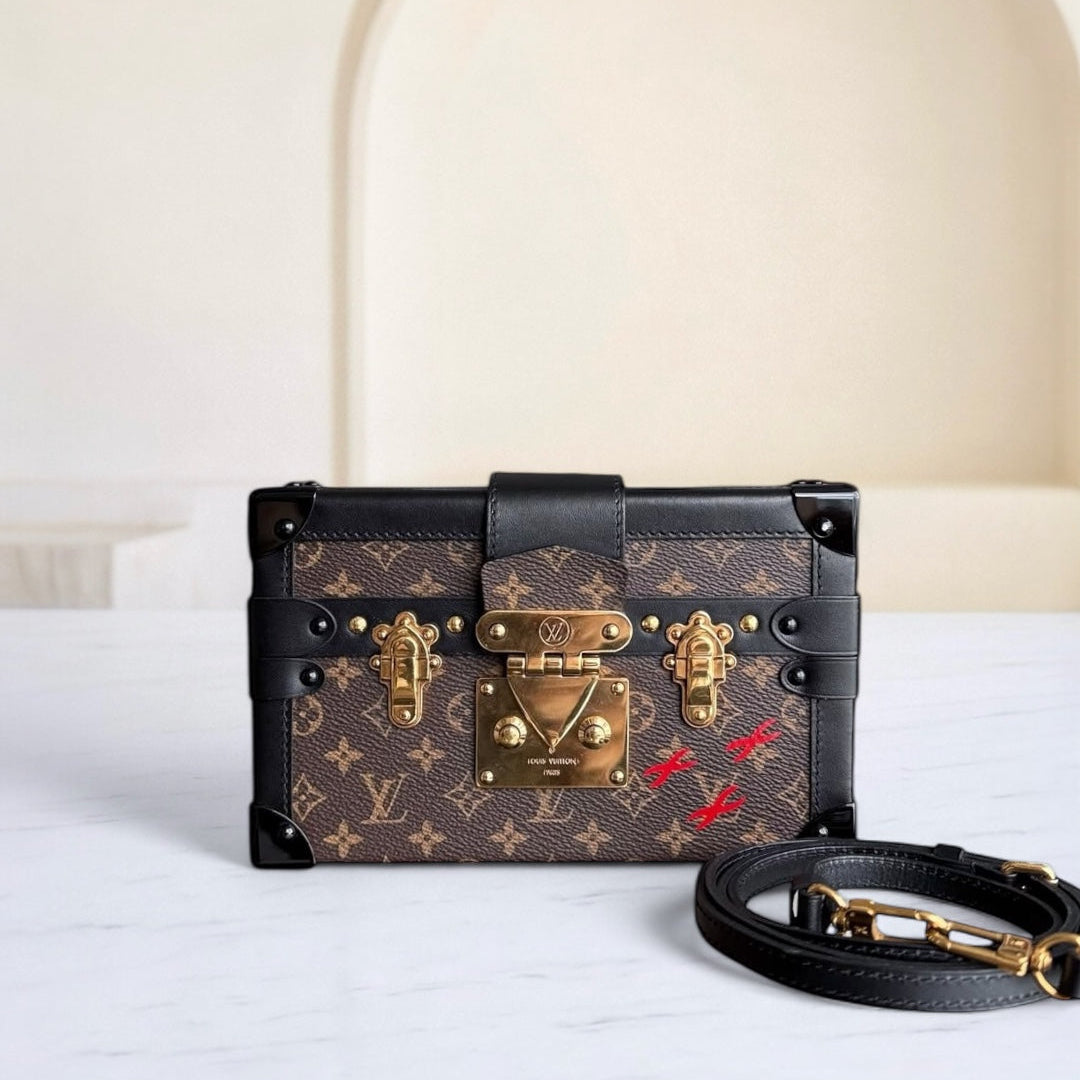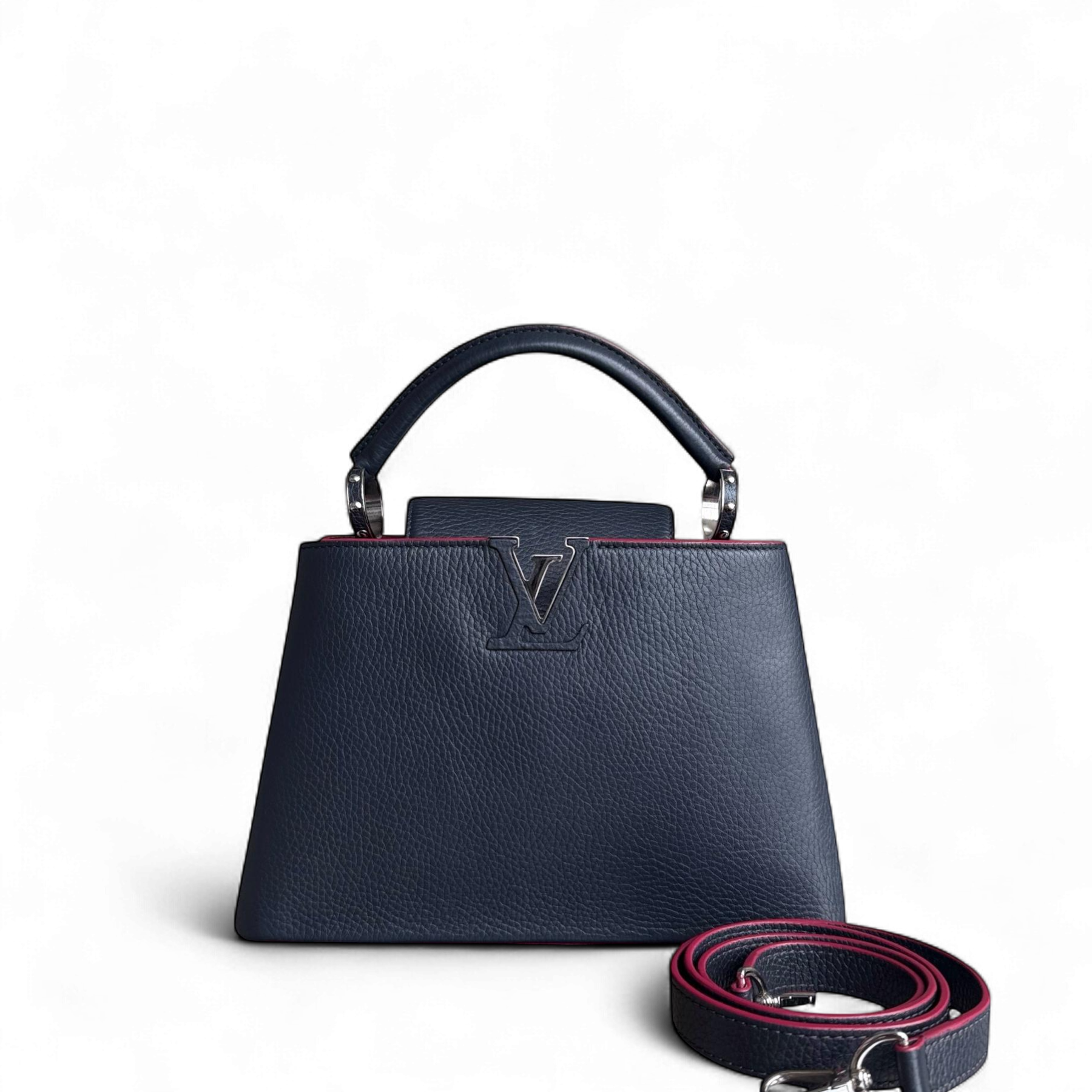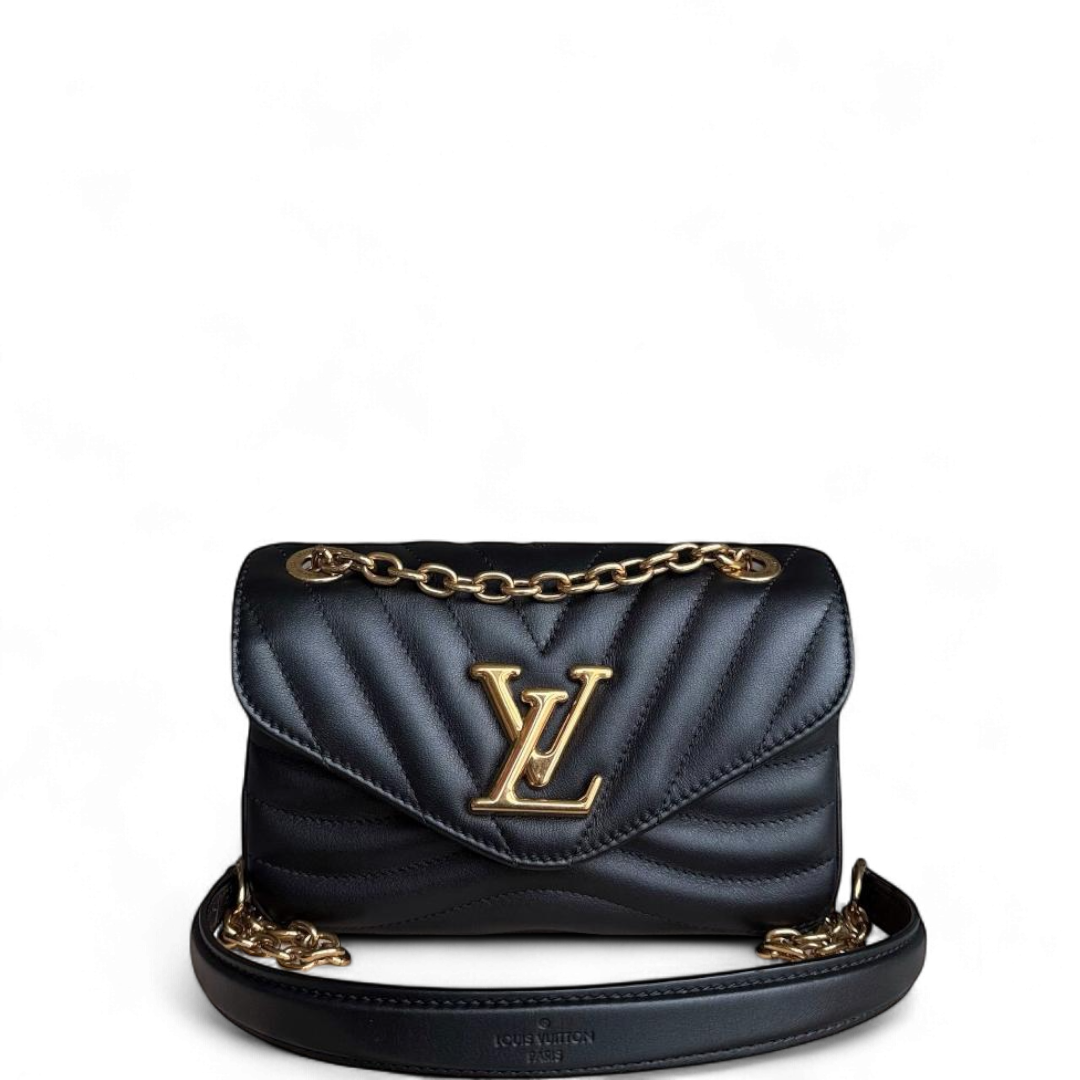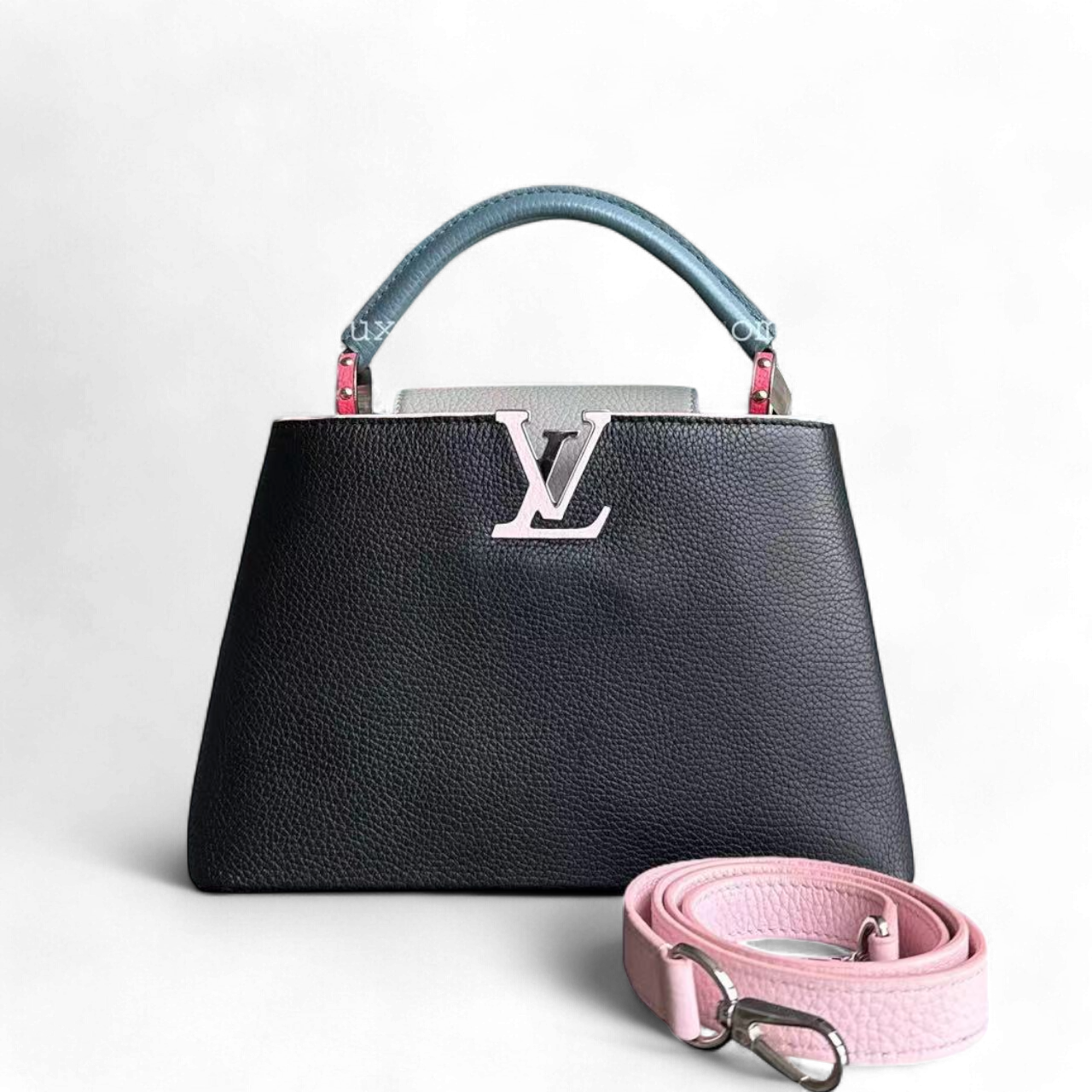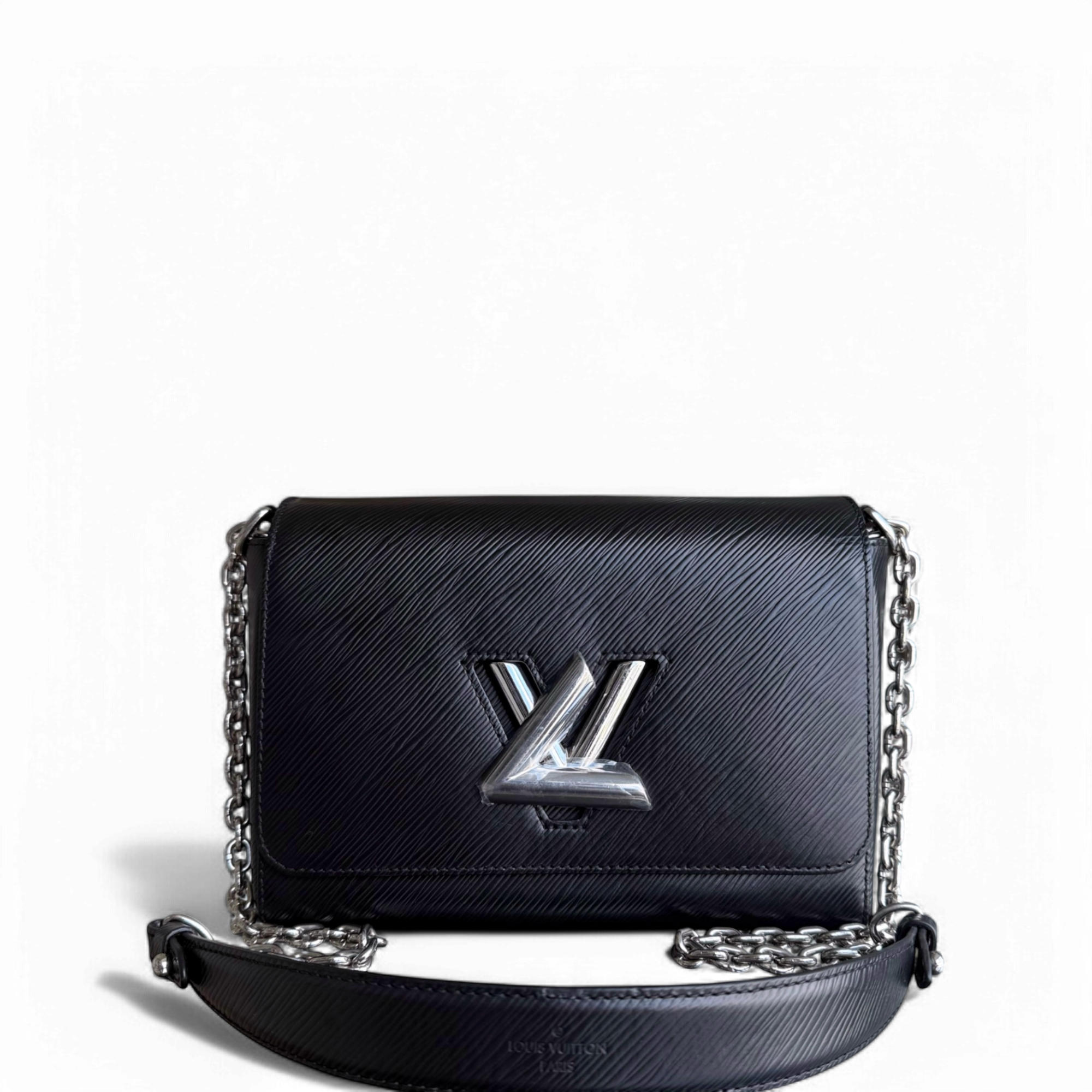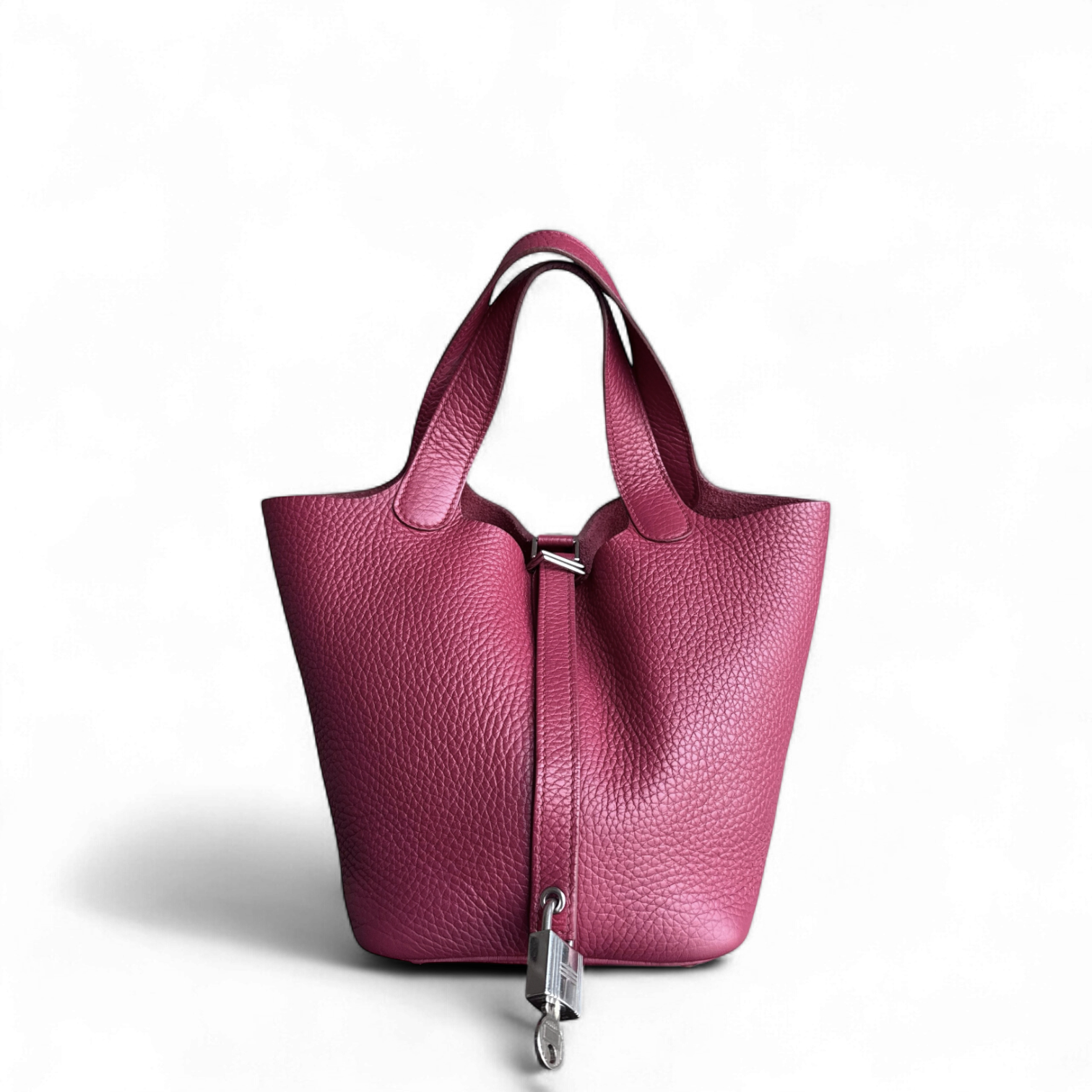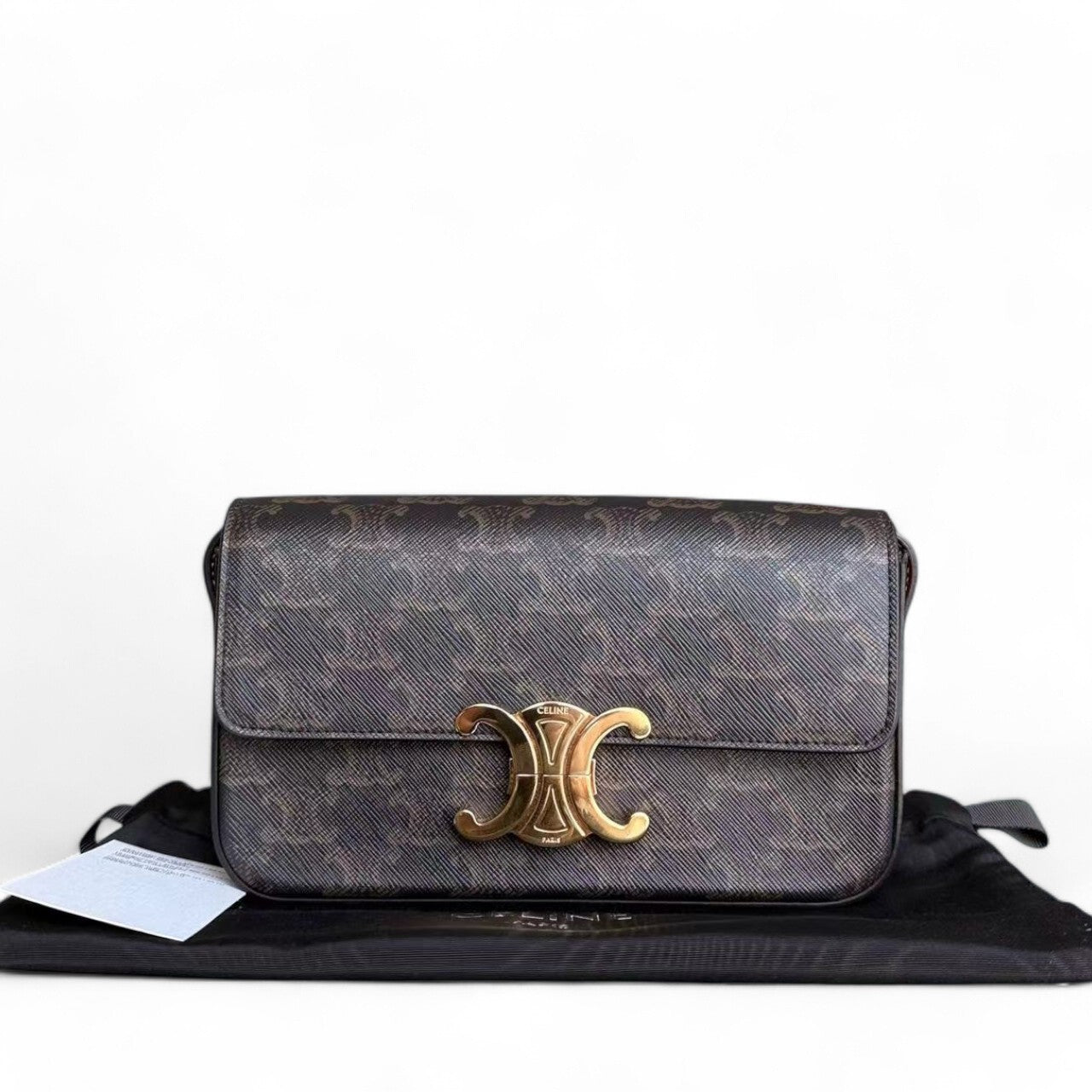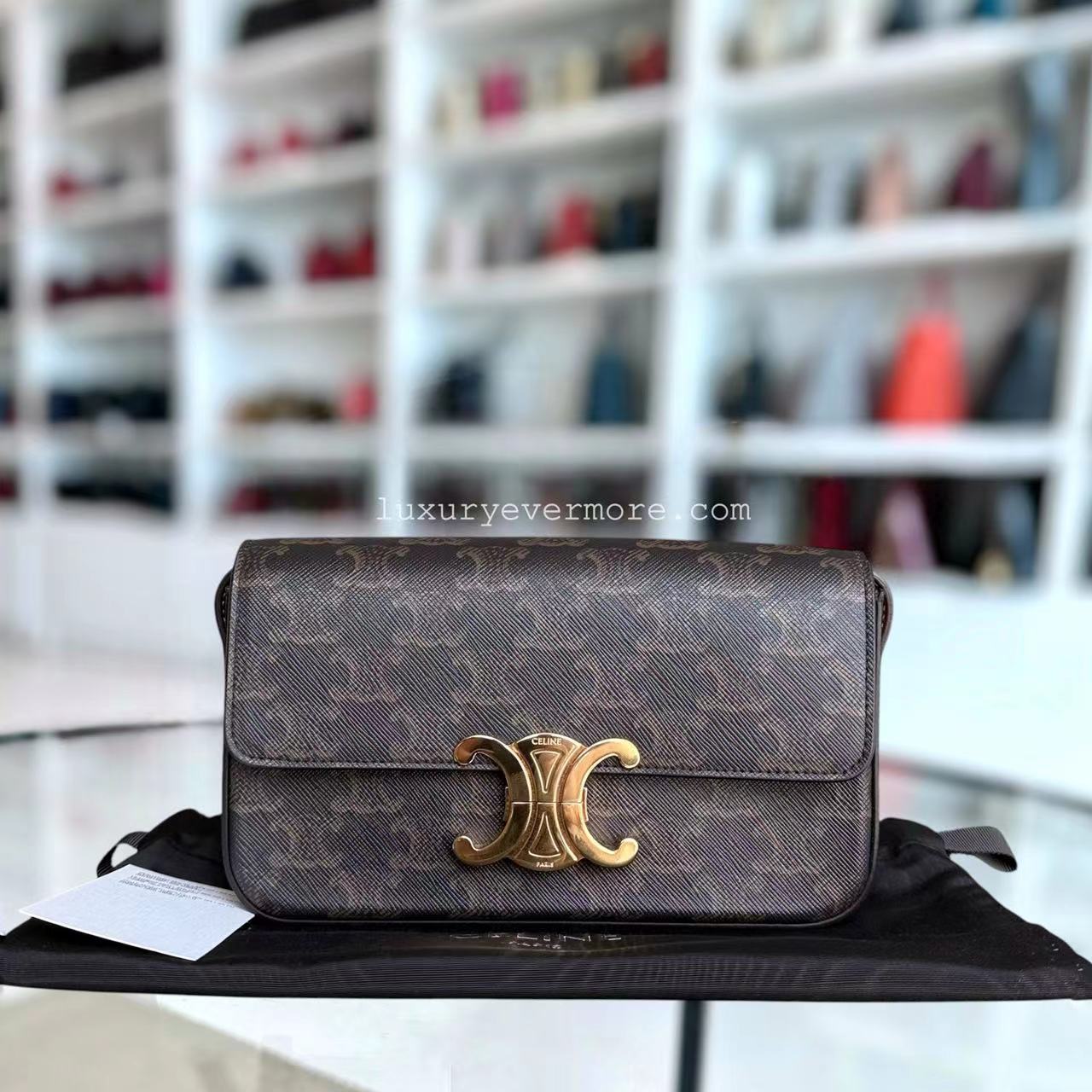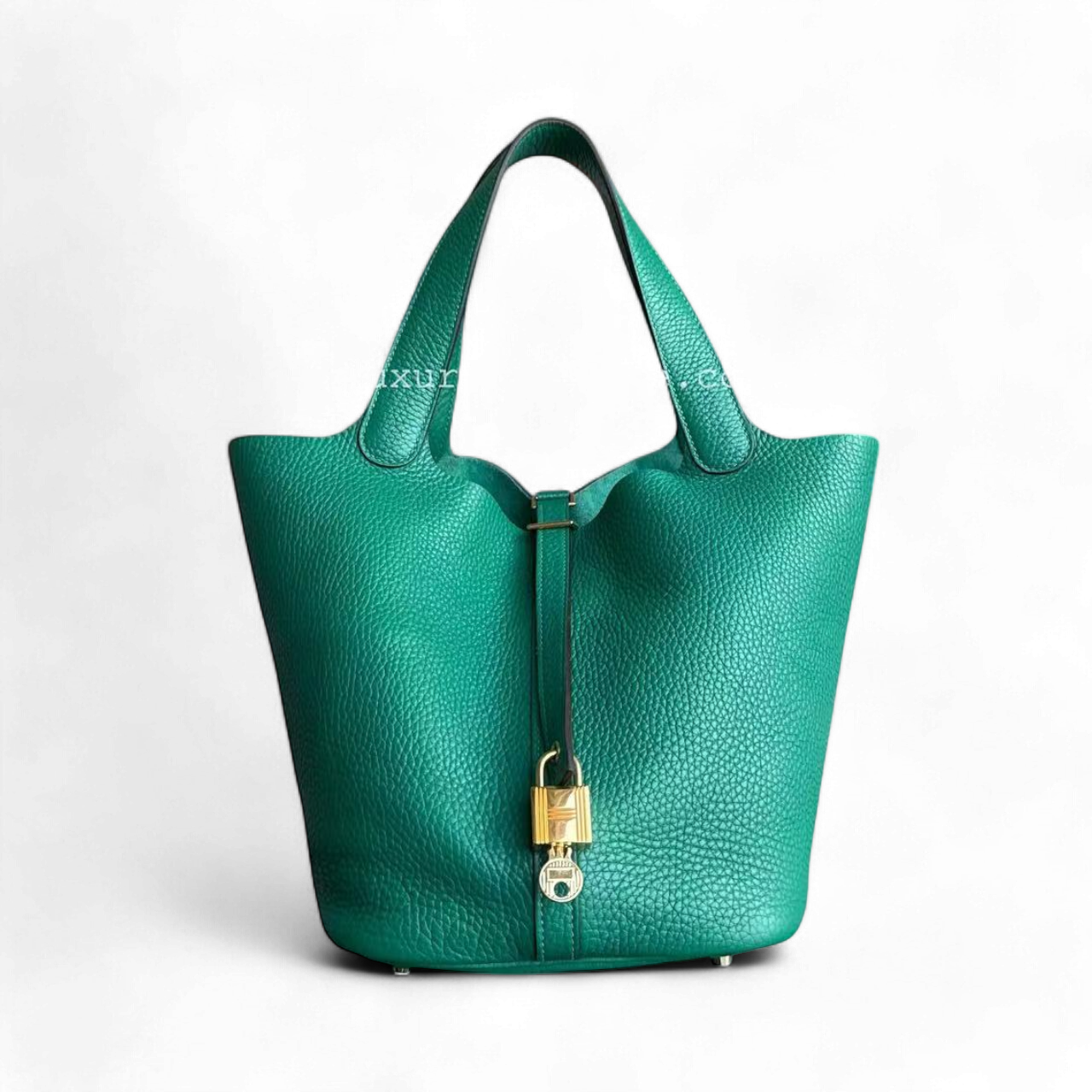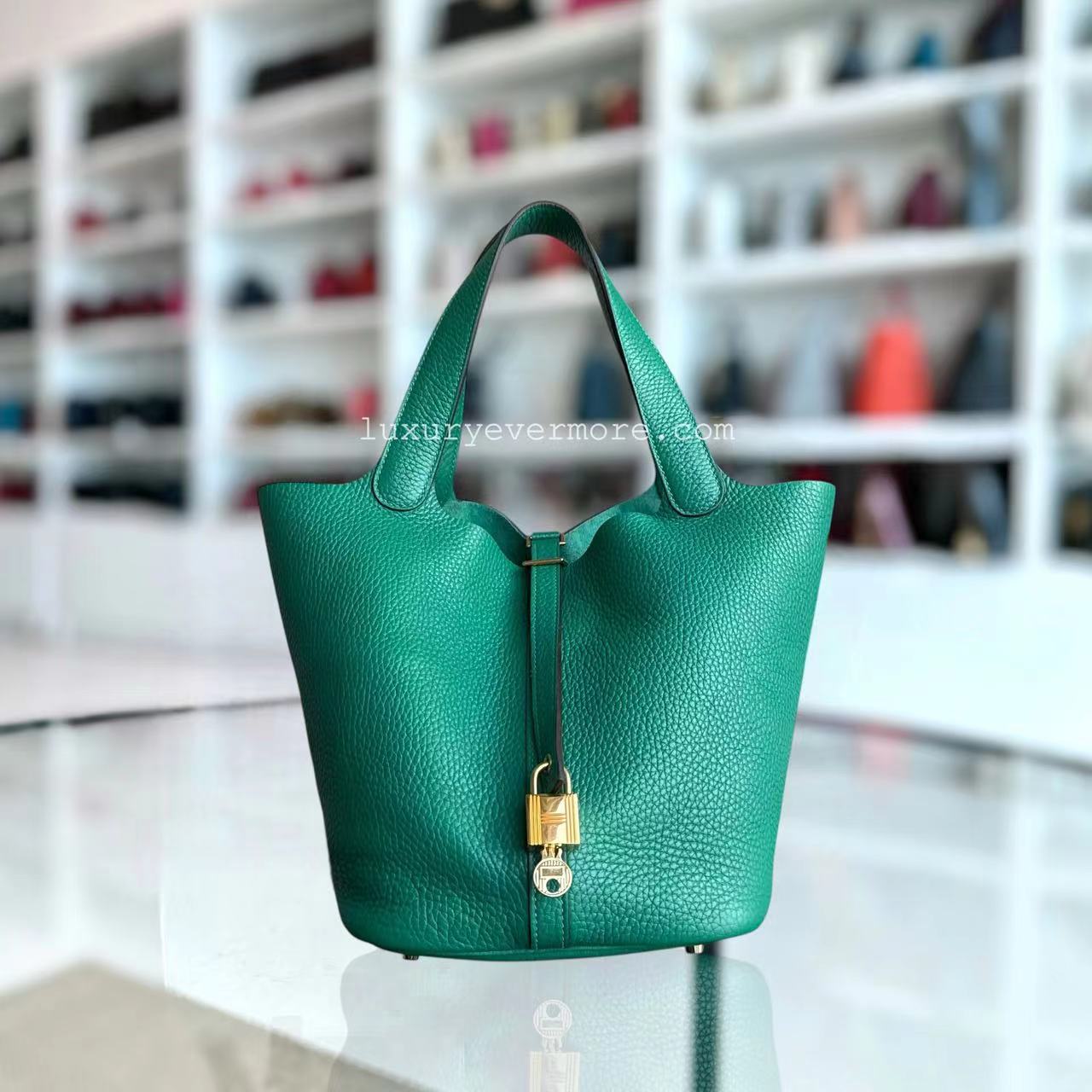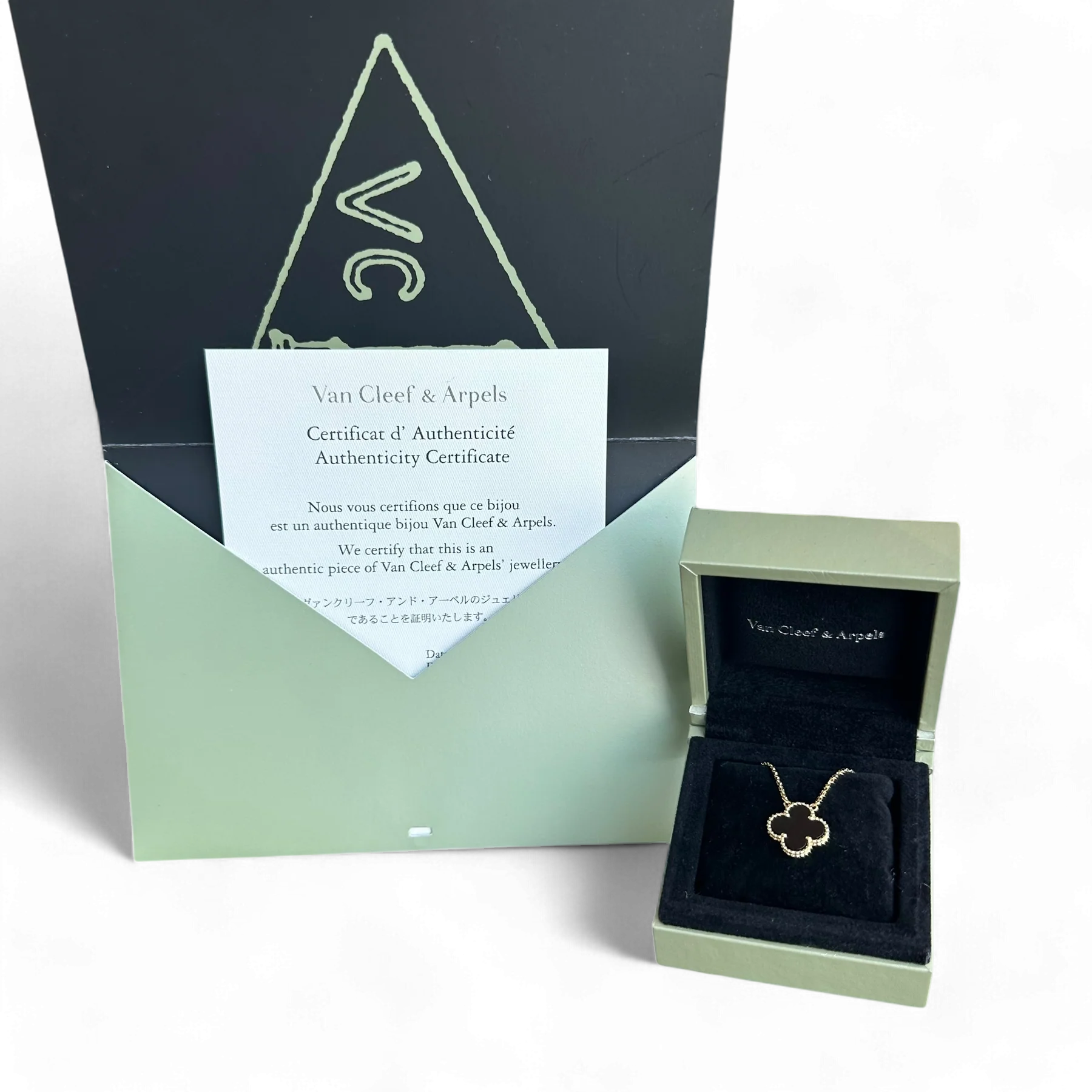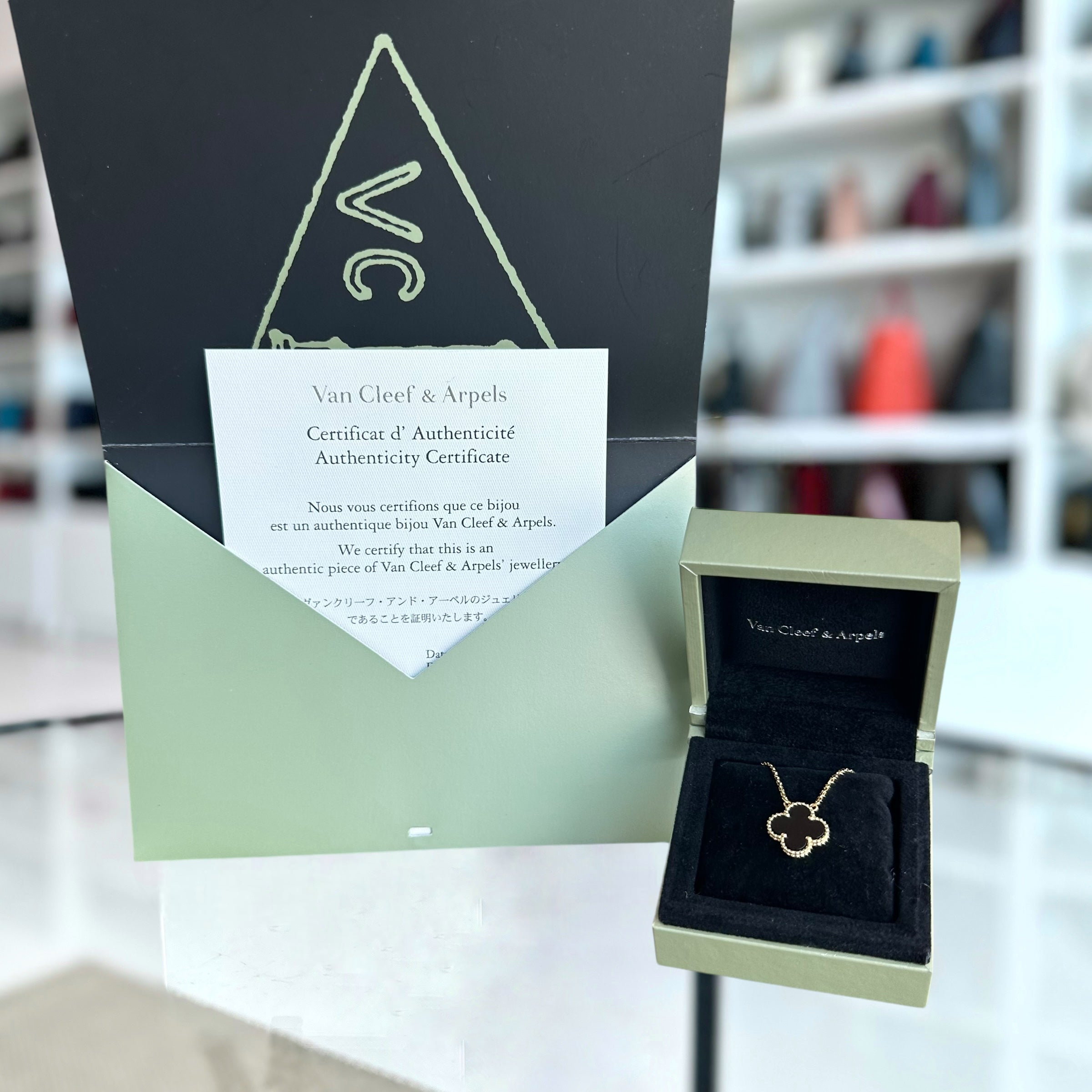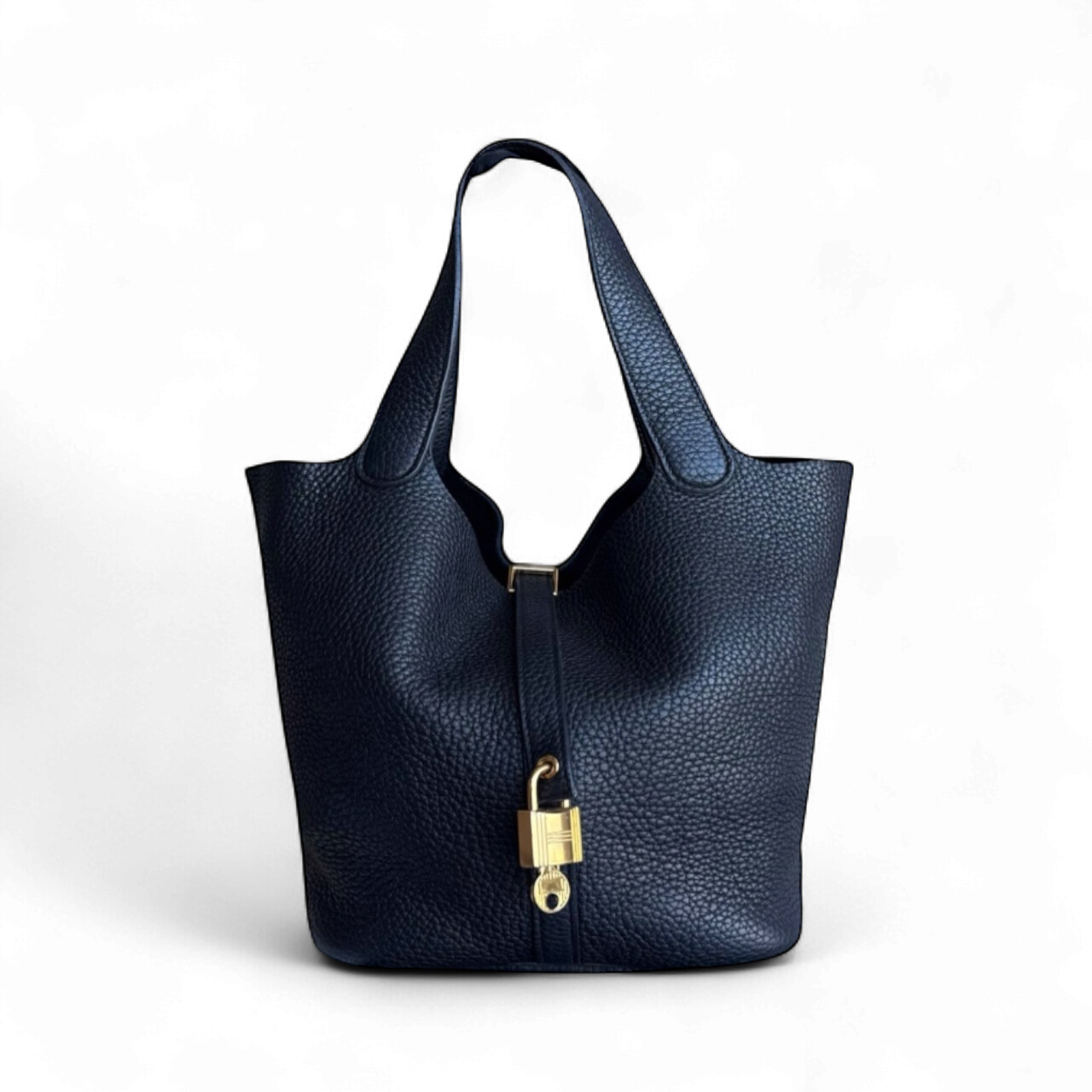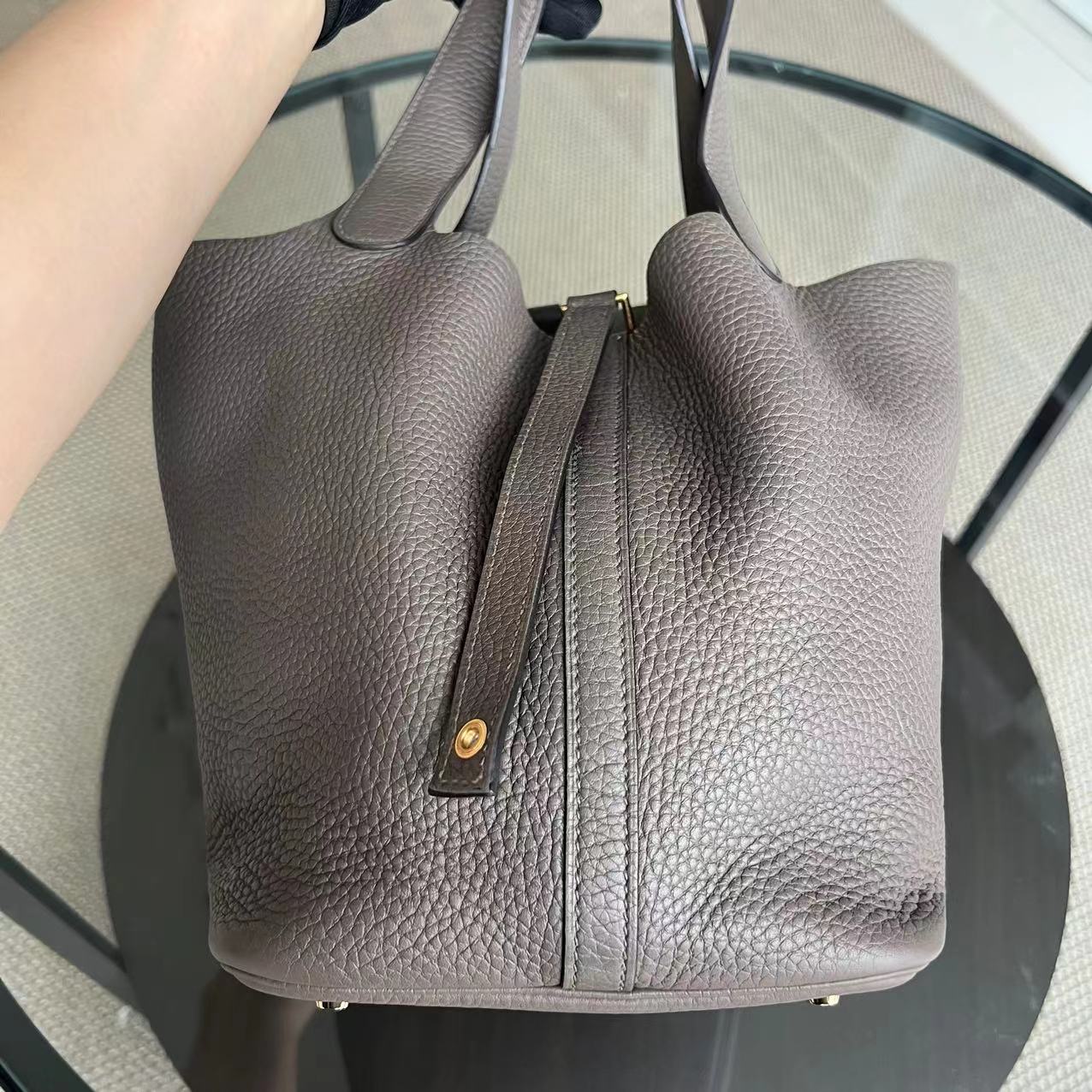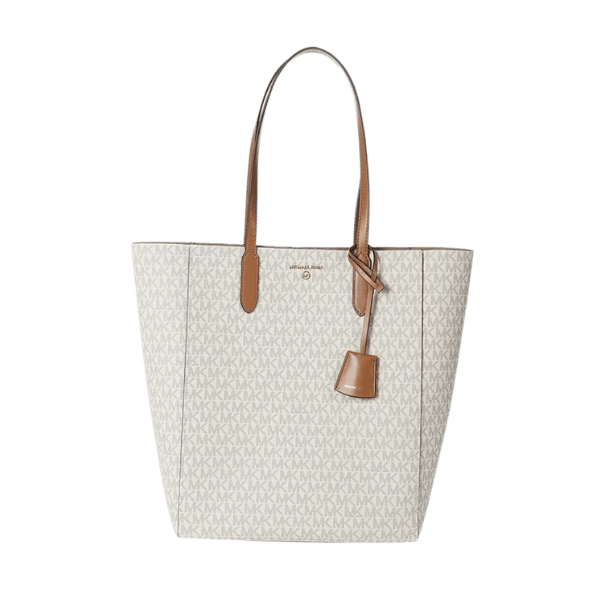The Ultimate Guide to Choosing an Ethical and Sustainable Engagement Ring
Marking one of life’s milestones involves not only a celebration but also considering the selection of an engagement ring, which is often a very personal and symbolic. Recently, this industry has transformed due to concerns such as sustainable sourcing and environmental impact. Rings are now usually gifted with prior ethical consideration, marking a shift in focus among couples and the jewelry industry. This document intends to assist you with tips highlighting trust and value while presenting information on diamonds not sourced from conflict areas to diamonds nurtured to grow through eco-friendly mechanisms. Let us guide you so that your ring marks your love story and commitment to preserving the environment.
What Makes an Engagement Ring Sustainable?

An environmentally friendly engagement ring prioritizes ethical procurement, sustainable practices concerning the environment, and a minimal footprint on ecological systems or civilizations. Sustainably gathered metals such as gold or platinum, conflict-free diamonds, or laboratory-grown alternatives are part of the eco-friendly supply chain. In addition, industry eco-labels such as Fairmined or Kimberley Process compliance also strengthen the claims that the purchase is eco-friendly and sustainable.
Understanding Ethical Sourcing of Materials
Ethical sourcing practices guarantee that all materials are procured while observing the socio-environmental and labor relations frameworks of procurement processes. It minimizes environmental damage, limits the exploitation of natural resources, and enhances worker conditions through safe and just wage policies. Consumption and procurement of such material strengthens the commitment towards responsible and verifiable supply chains that foster social justice alongside sustainable development.
Reducing Environmental Impact with Eco-Friendly Options
Sustainable practices are essential in reducing the harmful impact on the environment by prioritizing the use of eco-friendly materials, waste-efficient processes, and cutting-edge innovation in waste elimination. The usage of recyclable and biodegradable materials, the reduction of single-use plastics, and the use of renewable energy sources help significantly in the prevention of pollution and the depletion of resources. Encouraging the use of friendly alternatives supports a healthier planet, cultivates responsible consumer spending, and promotes long-term stewardship of the environment.
The Role of Recycled Metals in Sustainable Jewelry
- Resource Conservation: The practice of recycling metals cuts down on mining and extraction operations, protecting the environment and conserving precious natural resources.
- Energy Efficiency: As opposed to extracting and processing raw materials, refining recycled metals often requires considerably less energy, thus lowering carbon emissions substantially.
- Waste Reduction: The use of recycled metals assists in reducing materials deposited into landfills and curtails the build-up of industrial waste in the natural environment.
- Ethical Sourcing: The use of recycled metals completely removes issues of unethical practices surrounding traditional mining, such as labor exploitation and destruction of biodiversity habitats.
- Durability and Quality: The quality and durability of recycled metals is the same as newly mined ones, thus upholding high standards in the sustainable production of jewelry.
Are Lab-Grown Diamonds an Eco-Friendly Option?

Benefits of Lab-Grown Diamonds
- Reduced Environmental Impact: Unlike traditional precious stone mining, lab-grown diamonds do not contribute to deforestation or land disruption.
- Reduced Carbon Emissions: Unlike the extensive energy-consuming mining operations, lab-grown diamonds have a smaller carbon footprint.
- Ethical Labor Practices: Conflict financing and exploitation labor practices associated with mined diamonds do not pose any concerns with lab-grown diamonds.
- Conservation Of Resources: The cultivation of diamonds in a laboratory helps to achieve a controlled environment by using up less non-renewable resources and conserving natural deposits.
- Cost Efficiency: Lab-grown diamonds do not compromise on quality when comparing them to mined diamonds. Economically and sustaibility wise, they are a smart choice to make.
- Lack of Natural and Human Inculcated Defects: Natural diamonds are often littered with imperfections that mined diamonds do not possess. Lab-grown diamonds are chemically, physically, and optically indistinguishable from mined diamonds.
- Unquestionability of Sustainability: Ethical and sustainable lab-grown diamonds can be traced back to its source far more readily than mined ones, guaranteeing reliability for consumers prioritizing origin.
How Lab-Grown Diamonds Differ from Natural Diamonds
In contrast to natural diamonds, lab-grown diamonds vary in their genesis, price, environmental implications, scarcity, and scrutiny of ethics.
| Parameter | Lab-Grown | Natural |
|---|---|---|
|
Origin |
Lab-created |
Earth-mined |
|
Cost |
Lower |
Higher |
|
Eco-Impact |
Lower emissions |
High emissions |
|
Rarity |
Abundant |
Rare |
|
Ethics |
No mining issues |
Mining concerns |
|
Time to Form |
Weeks to months |
Billions of years |
|
Resale Value |
Lower |
Higher |
|
Energy Use |
Moderate |
High |
|
Waste |
Minimal |
Significant |
|
Habitat |
No disruption |
Destructive |
Myths and Facts about Lab-Grown Gemstones
Myth 1: All lab-grown gemstones are fake or synthetic in nature.
Fact: They are authentic partnered with their natural counterparts as they possess the identical chemical and physical constituents. Hence, the distinction lies in the formation; lab cultivated stones are grown in a controlled environment.
Myth 2: These gemstones are of very poor quality.
Fact: Due to the precision in the manufacturing process, lab-created gemstones have fewer inclusions and flaws when compared to authentic gemstones.
Myth 3: They have no resale value or worth in the long or short term.
Fact: Discrepancy in the resale value is an accepted reality with natural stones, but lab grown stones are on par to hold substantial value both economically and during exchange supplemented to wide acceptance within the industry and consumers.
Myth 4: It is damaging to produce gems in a lab.
Fact: The environmental impacts are often more positive since there are no destructive habitats or large scale excavation with mined gemstones.
How to Choose an Ethical Engagement Ring?

Exploring Conflict-Free Diamonds
Conflict-free diamonds are procured without funding any acts of violence or worker exploitation. Verification through the Kimberley Process—which seeks to bypass the circulation of conflict diamonds—certifies a diamond’s provenance as conflict-free. Also, make sure to obtain anti-conflict documentation from jewelers that guarantees ethically sourced diamonds. Extracted from violence in any form, lab-grown diamonds are an excellent substitute due to their absolute conflict-free status together with sustainability. Remember that for an ethical engagement ring, documentary proof and full traceability are a must.
Opting for Moissanite and Other Alternatives
- Moissanite: This laboratory-created stone is eco-friendly and ethically sound, all while maintaining the brilliance and beauty of traditional diamonds. Its durability and pricing rival that of natural gems.
- Lab-Grown Diamonds: While these type of diamonds maintain all the physical and chemical properties of their mined counterparts, they are generated in controlled environments which allow them to be conflict free and gentler on the environment.
- Sapphires: These stones are well-known for their rich blue hues, however, these gems come in a myriad of colors. Their durability and ethical extraction make these diamonds’ alternatives increasingly popular.
- Rubies: Another ageless gemstone, rubies signify passion and love. They are well-cherished for their symbolism and, like sapphires, can be ethically traced through reputable certifications.
- Emeralds: Emeralds are traditionally viewed as intensely green gemstones. They are a striking, unorthodox choice for engagement rings. As with all other emeralds, make sure the stones are ethically sourced.
- Morganite: Morganite’s soft pink to peach hues give this gemstone a romantic feel. It provides an affordable and ethical substitution for diamonds while retaining untouched beauty.
- Aquamarine: With its gentle blue coloration, aquamarine exudes calmness while offering a unique twist to the standard engagement ring.
- Ethically Sourced Gemstones: Topaz, spinel or garnet and many more gemstones can be responsibly acquired making them perfect diamond substitutes.
- The Sustainability Impact of Recycled Gemstones and Vintage Rings: Selecting antique or pre-owned rings and repurposing gemstones from older pieces contributes to sustainable practices as they reduce the need for new materials to be mined.
- Plain or Textured Metal Bands: An exquisite and stylish engagement ring can be achieved through the selection of a simple metal band which can either be unadorned, finely embossed or deeply carved.
These options ensure that your selections remain within the ethical and sustainability boundaries while still celebrating individuality.
Finding the Perfect Engagement Ring Sustainably
My engagement ring search began with exploring sustainable practices in the jewelry industry, so I looked into ethical jewelers and their materials. I decided to choose lab-grown diamonds and recycled metals for their lower impact on the environment. Sources like Luxury Evermore gave me wonderful choices aligned with my values as well as my aesthetic. My search for these alternatives allowed me to get a stunning ring while remaining responsible towards the environment.
What Are the Challenges with Diamond Mining?

The Social and Environmental Impact of Mining
Diamond mining comes with daunting socio-environmental issues. Environmentally, it can cause deforestation, soil erosion, and ecosystem disruption because a great amount of land is cleared to get to mineral deposits. The processes create vast amounts of waste and contaminate water because of mining runoff. Societally, in some parts of the world, diamond mining is associated with low pay and poor working conditions, with child labor, and also financing wars, which are known as ‘conflict diamonds’ or ‘blood diamonds’. These problems highlight the need for traceability and ethics in the diamond industry.
Ways to Support Responsible Mining Practices
Buy Certified Conflict-Free Diamonds
- Ensure that the diamonds you purchase are certified conflict-free by affiliated organizations, especially those that comply with the Kimberley Process Certification Scheme.
Support Fair Trade Initiatives
- Buy from retailers that work with fair trade mining initiatives which provides safe employment and favorable wage conditions along with sustainable community advancement in the mining areas.
Choose Recycled or Lab-Grown Diamonds
- To minimize the social and environmental repercussions of mining, consider recycled diamonds from previously owned jewelry or lab-grown alternatives.
Investigate Retailers’ Corporate Social Responsibility Policies
- Ethically acquire from jewelers who openly communicate their operational supply chains, which are devoid of human rights breaches, upholding fairness and environmentally friendly practices.
Foster Advocacy
- Support law and policy initiatives as well as enforcement against unregulated practices of the mining industry for sufficient worker safeguard and ecological protection.
Why Consider Recycled Gold and Vintage Rings?

The Benefits of Recycled Gold in Rings
Conservation of Nature
- Environmental preservation is aided due to the lessened need for new mining when recycled gold is utilized. This check reduces deforestation, soil erosion as well as water pollution, preserving ecosystems alongside curbing degradation.
Decreased Carbon Footprint
- Less energy is required when recycling gold as compared to mining new gold, this reduction of funds expenditure shivers the emissions of greenhouse gases which aids toward lowering the carbon footprint.
Encouragement of Resource Efficiency
- Rings composed from recycled gold allows for effortless safeguarding of indispensable resources assuring that materials are not squandered and are recycled back to the supply chain.
Champions Ethical Resource Use
- The purchase of recycled gold lowers the need for mining gold, which is usually associated with unethical labor, and harmful to work in listen regions.
Equally as Excellent, Sustainably
- Recycled gold is as equal in quality, purity and durability that comes from newly mined gold. This option works for brands that do not want to sacrifice sustainability and good work.
Market Appeal to Sustainable Consumers
- Purchasing these products aids in resolving social problems and enhances reparations upon the posture of modern consumers, and drives the shift towards more eco-conscious products.
Finding Hidden Gems with Vintage Rings
Owning distinct vintage rings is one of a kind, as they display remarkable artistry, tell a story, and allow their owners to cherish one-of-a-kind jewelry. These rings are often more economically priced with such features than their modern counterparts. In addition, they are well-made and feature high-quality materials. Their purchase also aids in sustainability as they reduce the demand for new mining, which in turn helps conserve resources and reduce environmental degradation. For authentic vintage jewelry, search at trusted jewelers, estate sales, and reputable online auction sites. Always authenticate documents such as appraisals and certificates to ensure their claimed worth and value.
Supporting Artisans and Sustainably Sourced Jewelry
Buying the creations of local craftsmen and opting for sustainably sourced jewelry are ways of promoting ethical practices in this industry. Sustainably sourced jewelry guarantees that pieces of jewelry are made from materials that have been mined or harvested with minimal environmental damage and fair labor. Independent artisans sustain traditional craftsmanship, thus supporting the local economy. To make informed choices, look for certifications such as Fairtrade Gold or the Responsible Jewelry Council (RJC) standards. These options ensure that there is a positive social impact while also protecting the environment.
Frequently Asked Questions (FAQs)
Q: What ethical and sustainable considerations do green consumers have when choosing an engagement ring?
A: Think about the measures taken towards the labor practices of the piece, the gemstones and diamonds, and the precious metals used. Making sure there is a positive social or environmental impact involves choosing both sustainable and ethical.
Q: What steps do I need to take to ensure the ring is ethically sourced?
A: Make sure the diamond is sourced from a company that practices socially responsible business. Make protective policies against conflict diamonds with the Kimberley Process and purchase diamond jewelry brands who are known for socially responsible business practices.
Q: Do traditional diamond rings have alternatives that are more sustainable?
A: An engagement ring that is eco-friendly, lab-grown diamonds, and gemstones such as sapphires are supple in nature and can portray the same elegance.
Q: What definitions of eco and ethically friendly jewelry exist?
A: Ethically and eco-friendly jewelry revolves around the use of responsibly sourced materials, which can include metals that are recycled, diamonds, and gemstones that are not sourced from war zones. Furthermore, ethically produced jewelry supports environmentally friendly production practices which do not exploit workers.
Q: What resources can I access to achieve my ideal sustainable engagement ring?
A: Attainable dream engagement rings begin with seeking out jewelers who design ethical, conflict-free jewelry pieces. Sustainable companies that allow for personalized designs are preferable so that your piece can be tailored to your values.
Q: What aspect of sustainability can I focus on concerning yellow gold engagement rings?
A: The sustainability of yellow gold engagement rings depends primarily on whether they are made from recycled or fair-trade gold. Selecting recycled gold further reduces the demand for mined metals, thus preventing environmental degradation. Always check where the gold is sourced from to ensure it is ethically sourced.
Q: Can a family heirloom qualify as a sustainable engagement ring?
A: A family heirloom can indeed qualify as one of the most sustainable engagement rings with the least environmental and ethical ramifications since no new materials are used. The family heirloom not only carries the engagement ring's nostalgic value, but helps protect the environment too.
Q: Is a lab-grown diamond an ethical and sustainable choice?
A: Lab grown diamonds are an ethical and sustainable choice because of their origin. Unlike mined diamonds, lab created diamonds have no negative impact on the environment and offer no conflict, thus qualifying as a responsible engagement ring.
Q: What are some pointers to verify the environmental and ethical practices of a jeweler?
A: To check for compliance of the jeweler with ethical and environmental standards, investigate their sourcing policies, certifications, partnerships, and dealings with ethical organizations. Customer reviews, coupled with the jeweler’s business transparency, can reveal a lot about the brand’s commitment to sustainable practices.
Reference Sources
- Understanding the Demographic and Perceptual Dynamics of Engagement Rings: A Comparative Analysis of Relationship Status and Influential Factors - This study examines the socio-ethical impacts affecting the selection of engagement rings.
- Sustainable Materials for Jewelry: Scenarios from a Design Perspective - Centers on the sustainable approaches and practices in jewelry design.
- Engagement ring
- Diamond
- Jewellery
Contact Luxury Evermore should you need help with acquiring or building up your collection. There is a variety of brands with different styles, as well as sizes, and colors, for example, Hermes, Chanel, lv and Dior. If you are not lucky enough to find the bag you are looking for on our website then our concierge team will probably be able to order it for you. We provide 100% authenticity guarantee for all our bags, and any item sold on this site will be dispatched to you within one to two business days upon receipt of the payment.






